News
Introducing the Patek Philippe Ref. 5236P In-Line Perpetual Calendar
News
Introducing the Patek Philippe Ref. 5236P In-Line Perpetual Calendar
Read more about the end of series, ref. 5711/1A, here.
Ref. 5236P In-Line Perpetual Calendar
First up, is the Reference 5236. Before getting into its technical innovations, behold its design. The wonderful thing about Patek is that the more you learn about Patek’s history the more you appreciate its contemporary watches.
Look at the smooth round UFO like shape of the case, thin bezel and short angular lugs, it is clear the design inspiration for the 5236 is the legendary Patek Reference 3448. The 3448 is, simply speaking, one of the most iconic wristwatches of all time. It is the world’s very first self-winding perpetual calendar. And with its large perfectly round and thin UFO or “Disco Volante” shaped case, characterized by dynamically attenuated lines designed by Geneva case-maker Antoine Gerlach, it was also a timepiece that captured the design zeitgeist of its era, and was the wristwatch choice of pop culture icons the likes of Andy Warhol and Ringo Starr.
It is somehow amusing to think of these complex Swiss watches being worn on the wrists of these luminaries as they boogied the night away at Studio 54. But the display of the 3448 was as follows, the small apertures at 12 o’clock provided information for day and month while date was told from a track that ran around the moonphase indicator at 6 o clock.
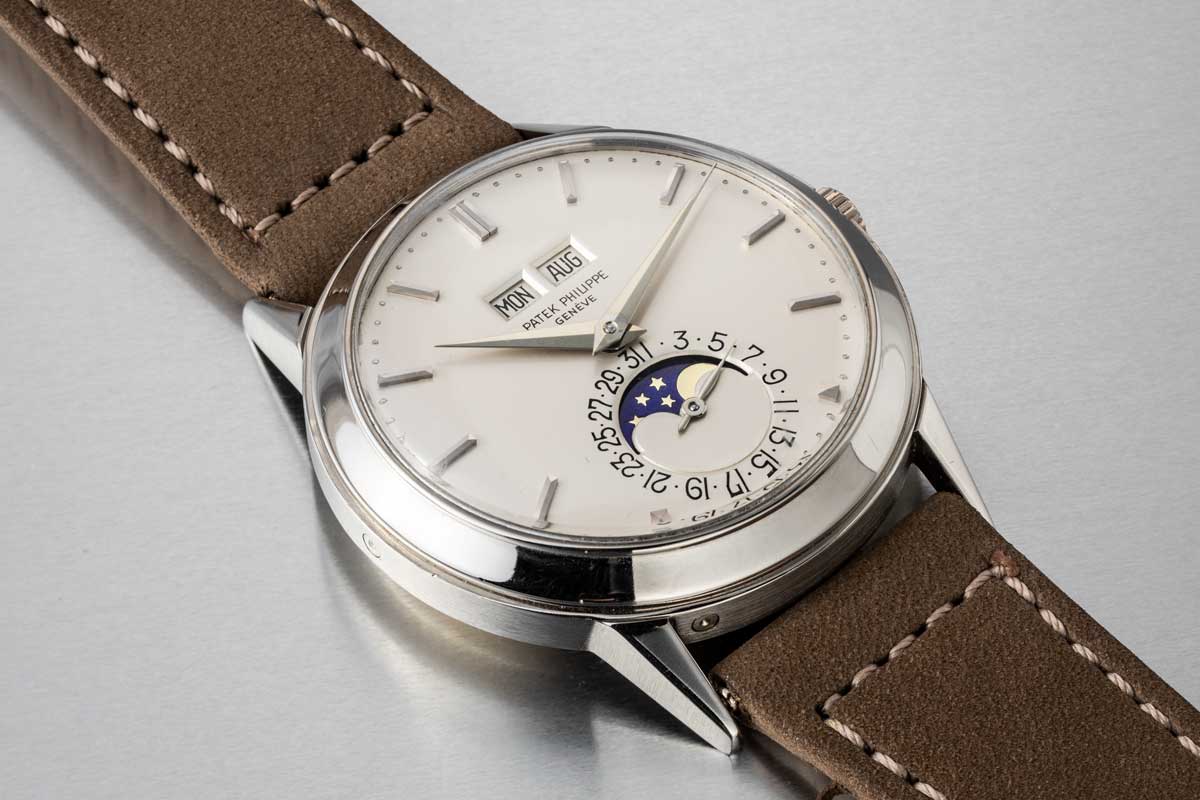
1962: A greatly admired piece from Patek Philippe's lineage of perpetual calendar watches, the ref. 3448 is powered by the the maison's first-ever self-winding perpetual calendar movement, the celebrated caliber 27-460 Q; the example shown here is Lot 384 at the Phillips Hong Kong Watch Auction: SEVEN from 1971 (Image © Revolution)
Each time Thierry Stern saw the pocket watch he would tell his team that “There is a strong demand for perpetual calendars with innovative displays, we must make a wristwatch version of this.” But Patek’s technical director Philippe Barat explains, “There was a big challenge to overcome.”
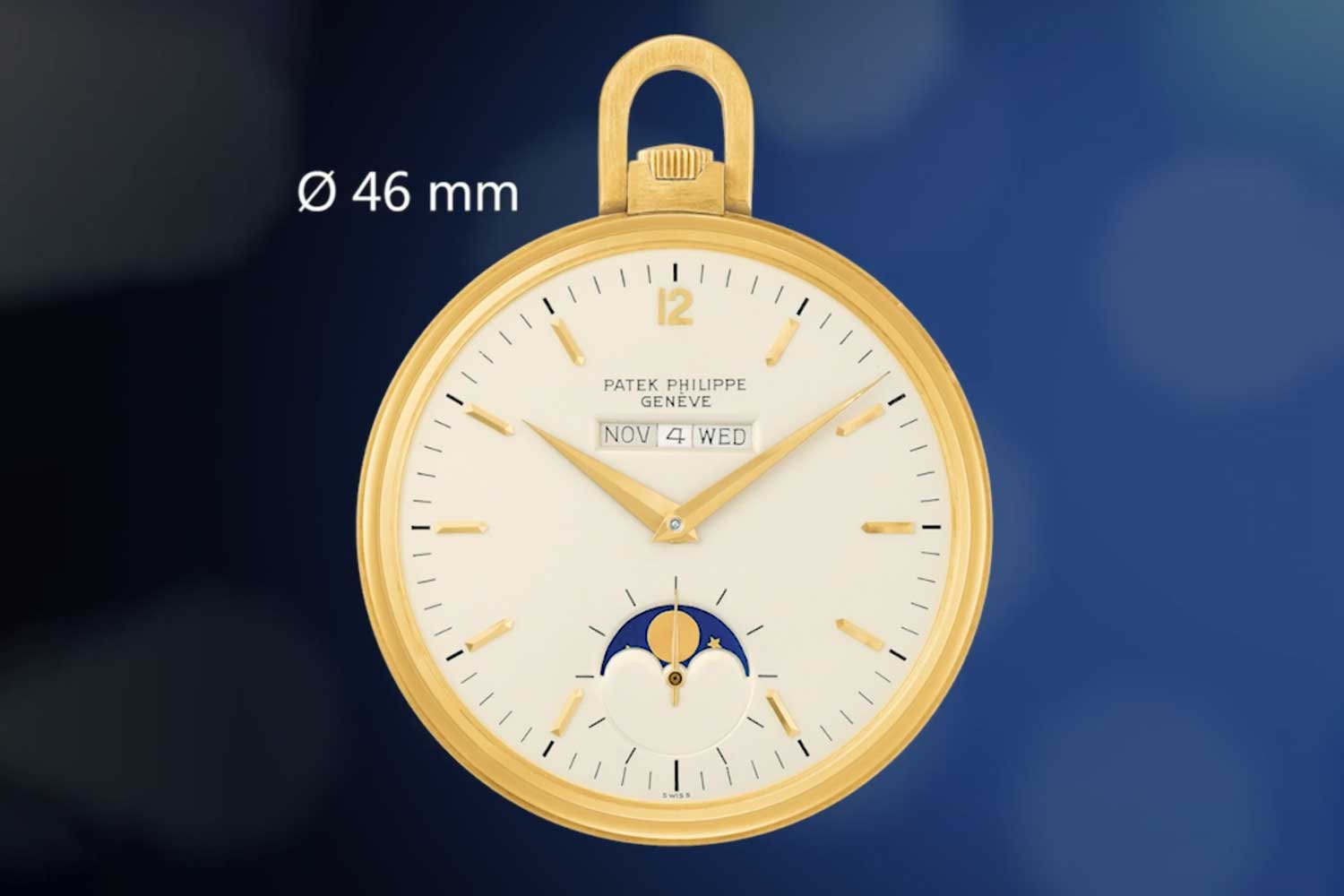
The N° P-1450 (1972) pocket watch that served as the prime inspiration for the Ref. 5236P In-Line Perpetual Calendar

The 5236 is from a technical perspective a very different animal in that it contains the first every single aperture housing three displays: day, date and month
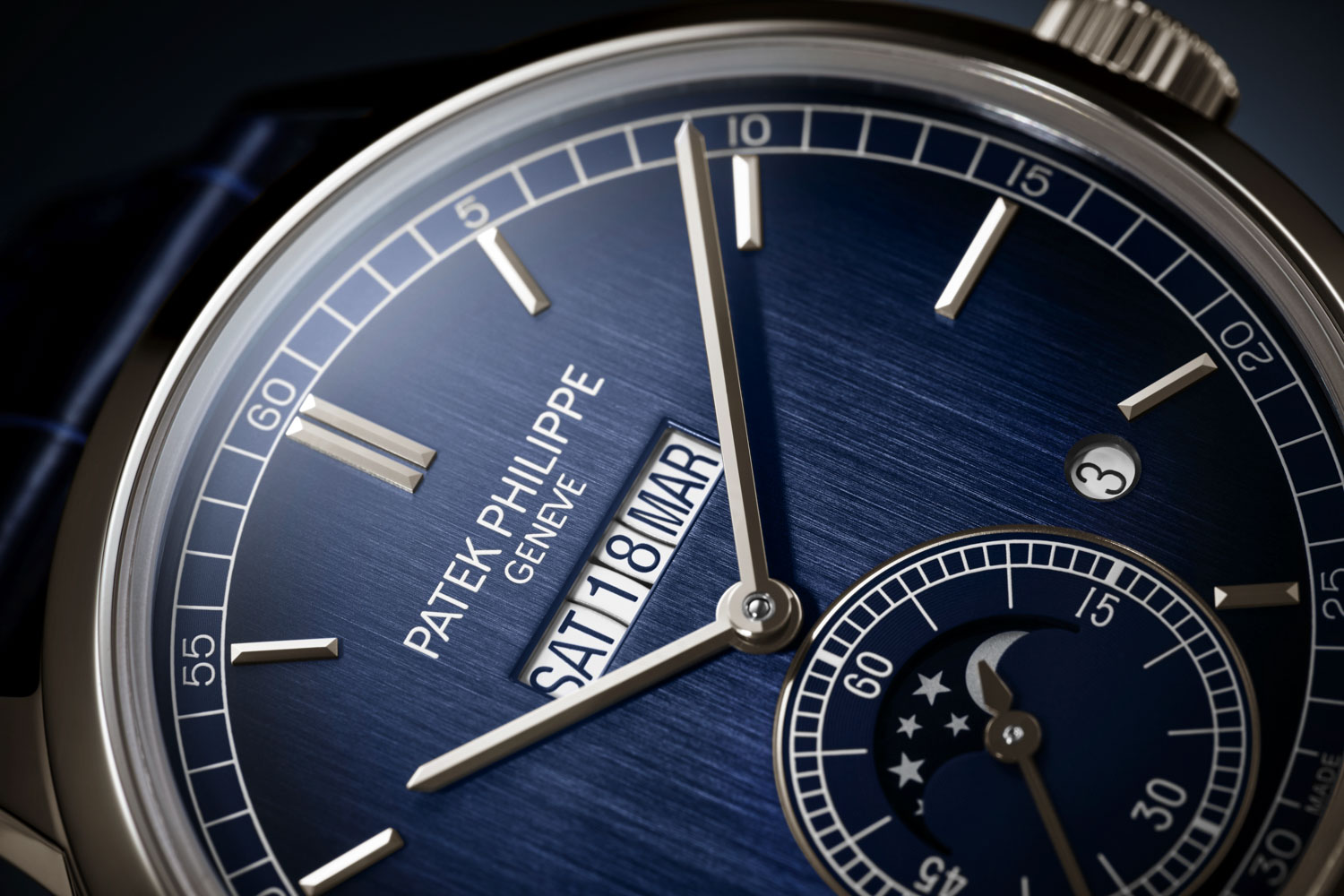
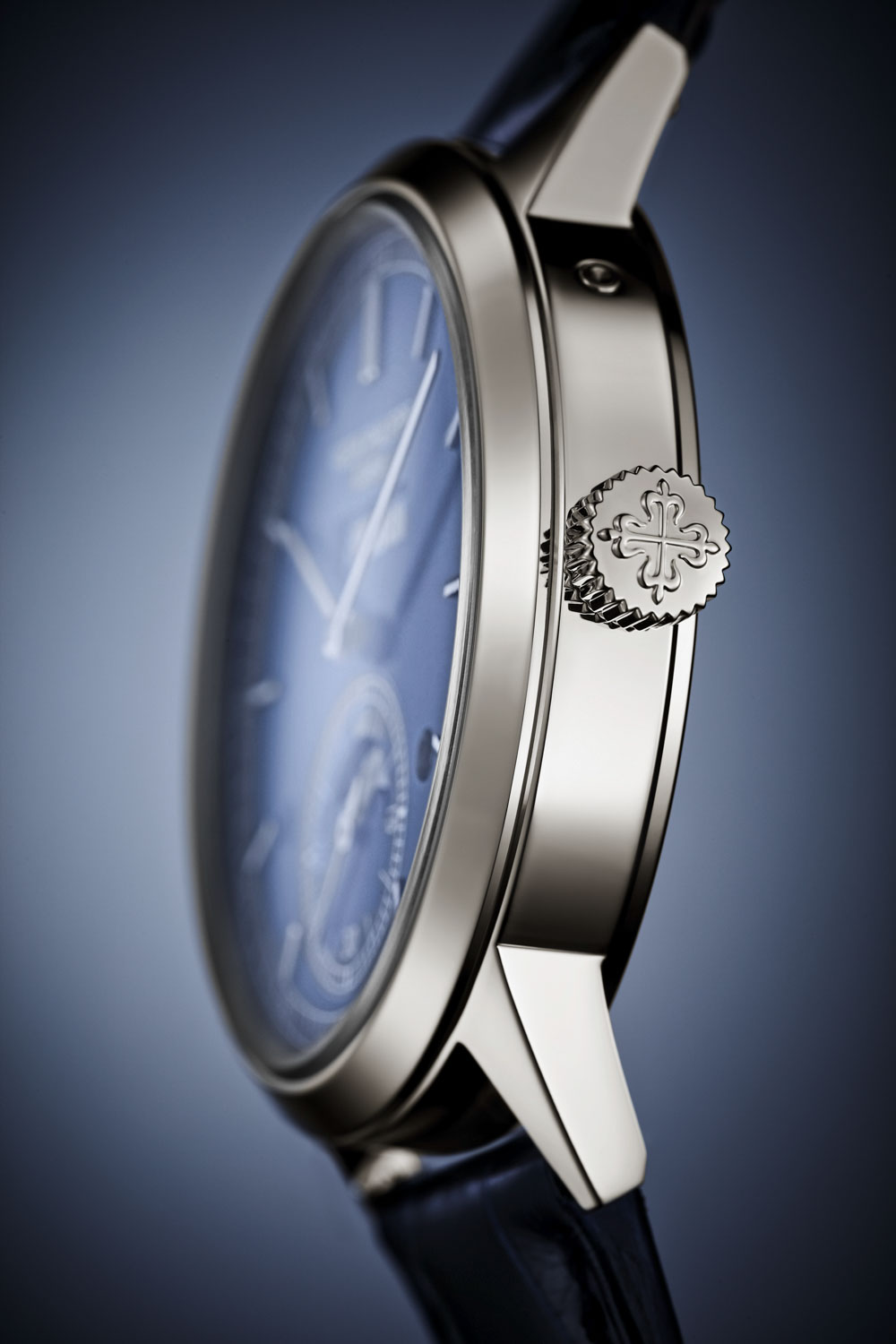
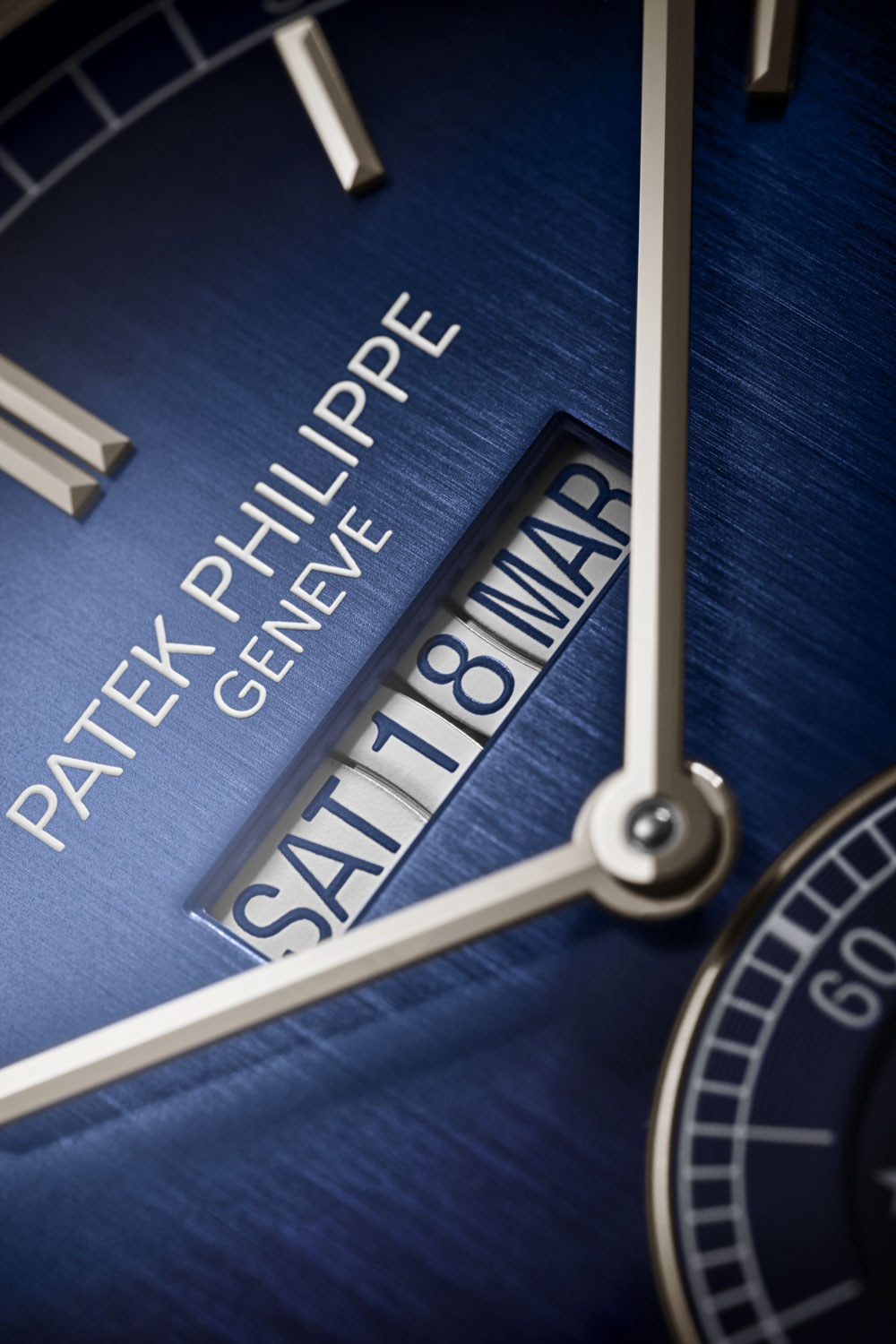
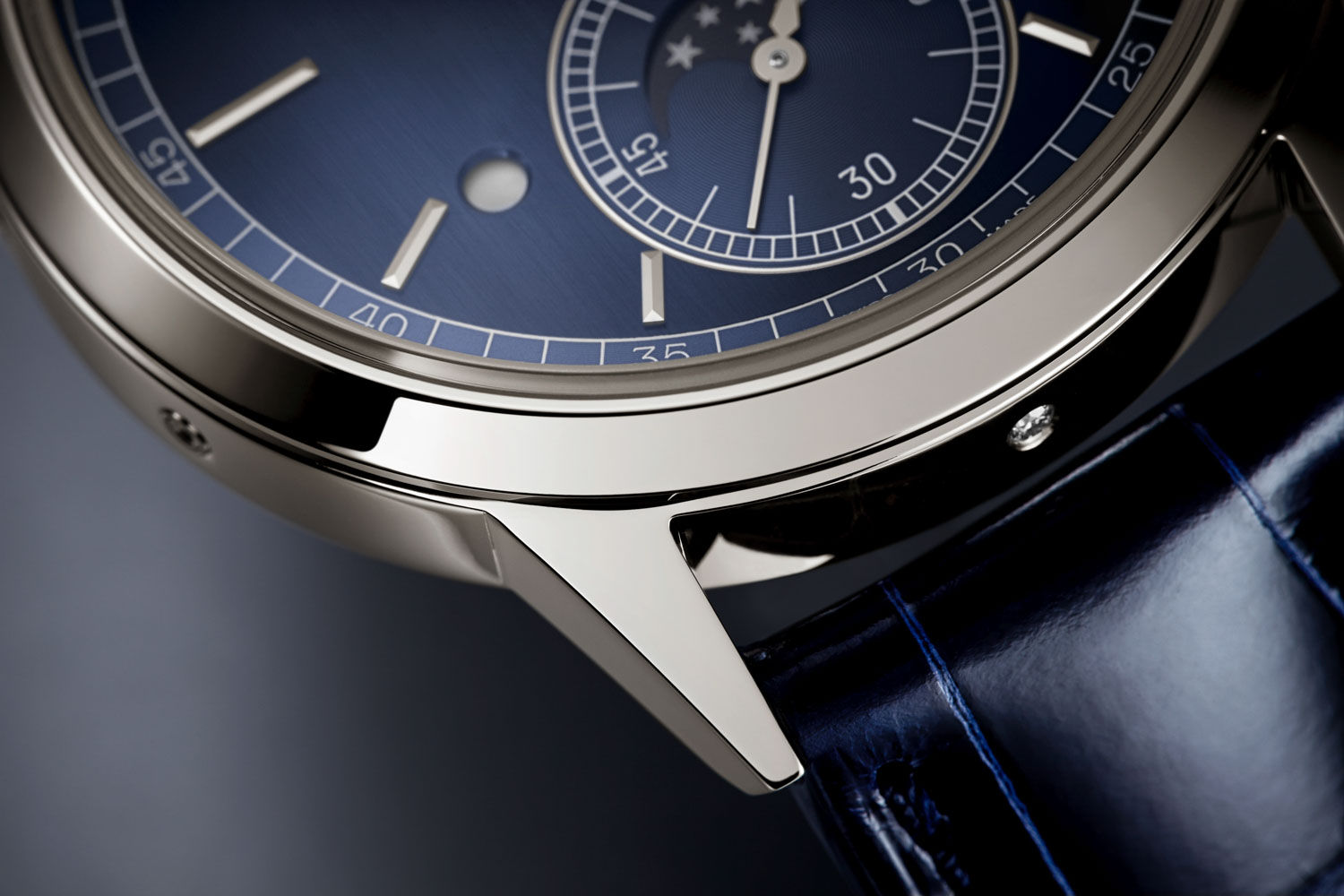
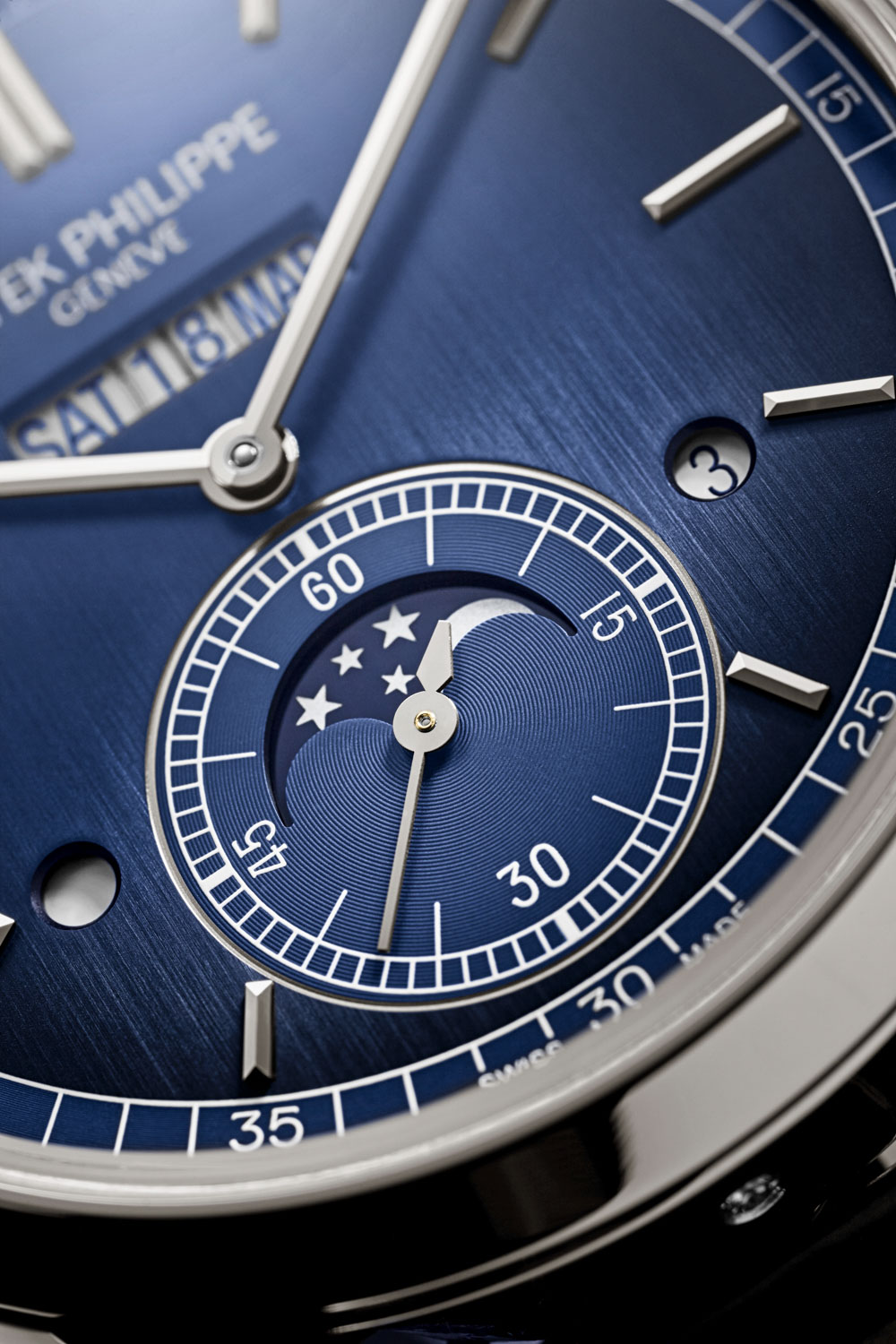
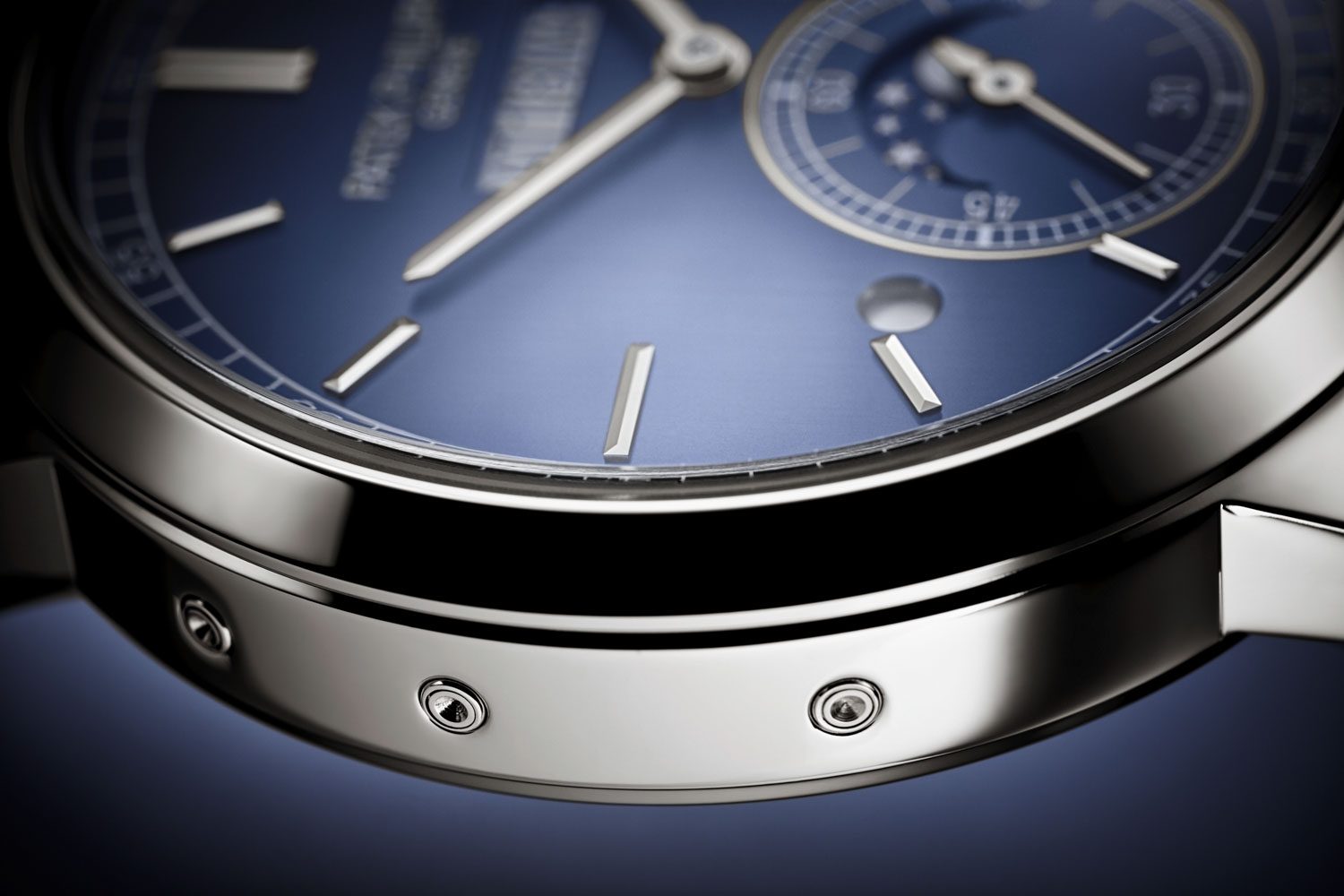
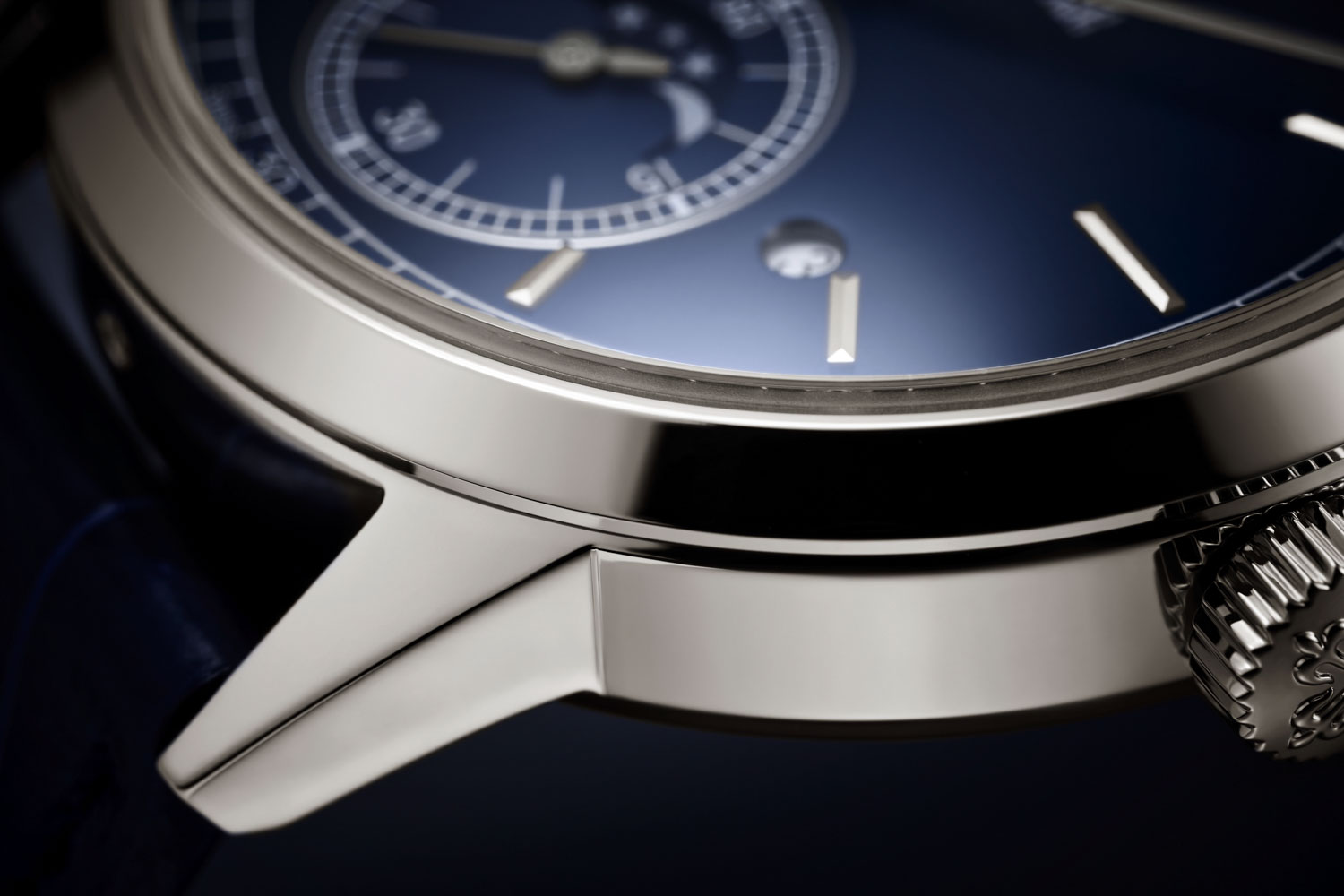
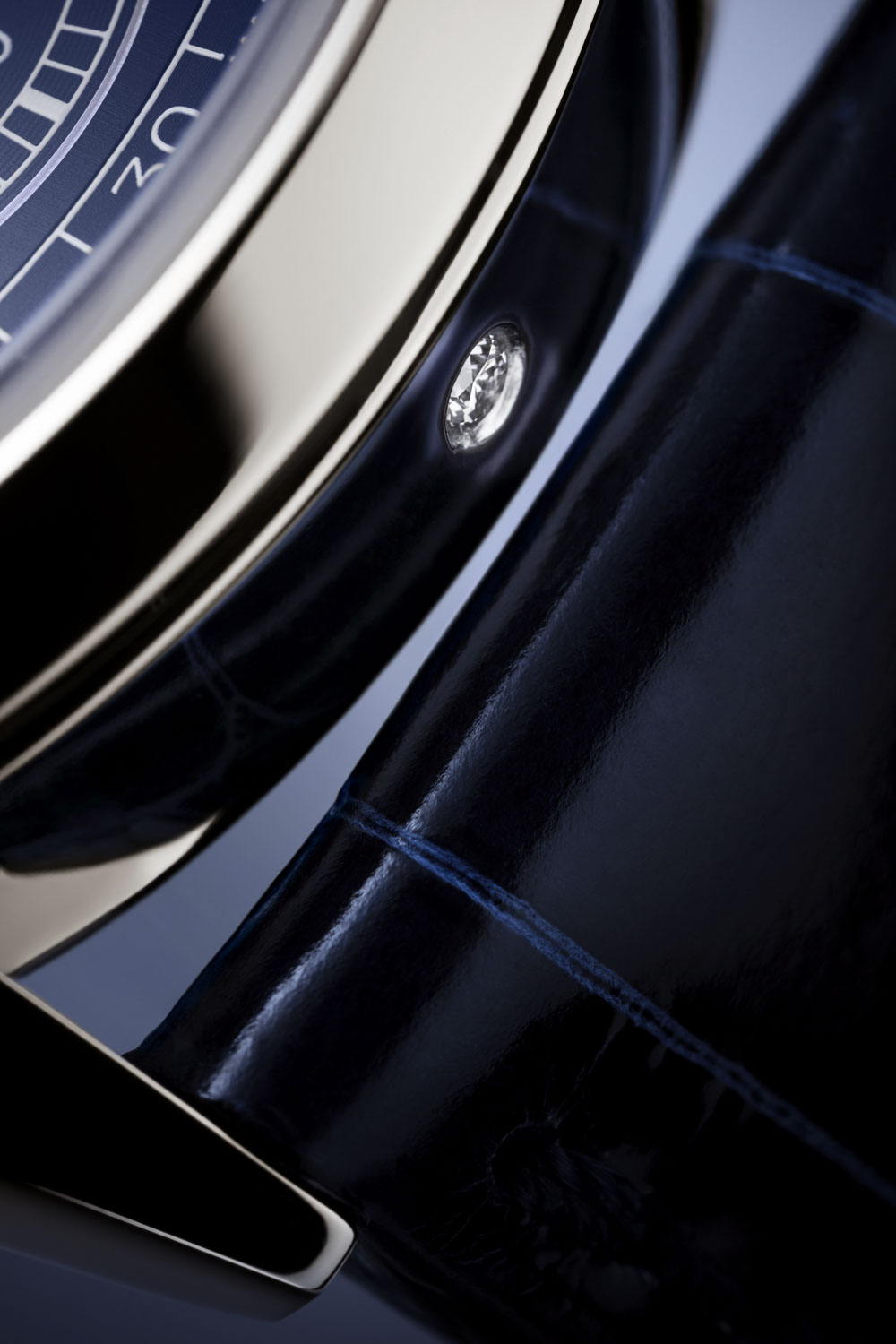
As a result, the aperture requires four discs in total. In order to keep the movement as thin as possible, the decision was made to keep them co-planar, meaning all on the same plane. To ensure they turn smoothly they are mounted on double ball bearings that also ensure they never touch each other.
The result is one of the most innovative but also intuitive ways to read the calendar information and results in a dial that is incredibly logical and extremely clean. You almost want to search for additional subdials until you realize you don’t need any more information. ALL you need is there laid out before your eyes in a way that is wonderfully easy to read.
The moon phase indicator is integrated into the seconds subtidal. On each side of the seconds, there is a small aperture for the leap year on the right and for day/night, on the left. Thierry Stern once told me his frustration with perpetual calendars was their legibility, but he’s resolved that wonderfully with this watch. What is so appealing about the 5236 beyond its technical brilliance, is the way the vintage codes of the 3448 case have been updated by a stunning modern blued dial with a blue, black-gradient effect and vertical brushing. The baton markers reflect the style of applied index used in the 3448 though I wish they would have added the faceted 5 and 7, though I suppose that might be a bit too on the nose.
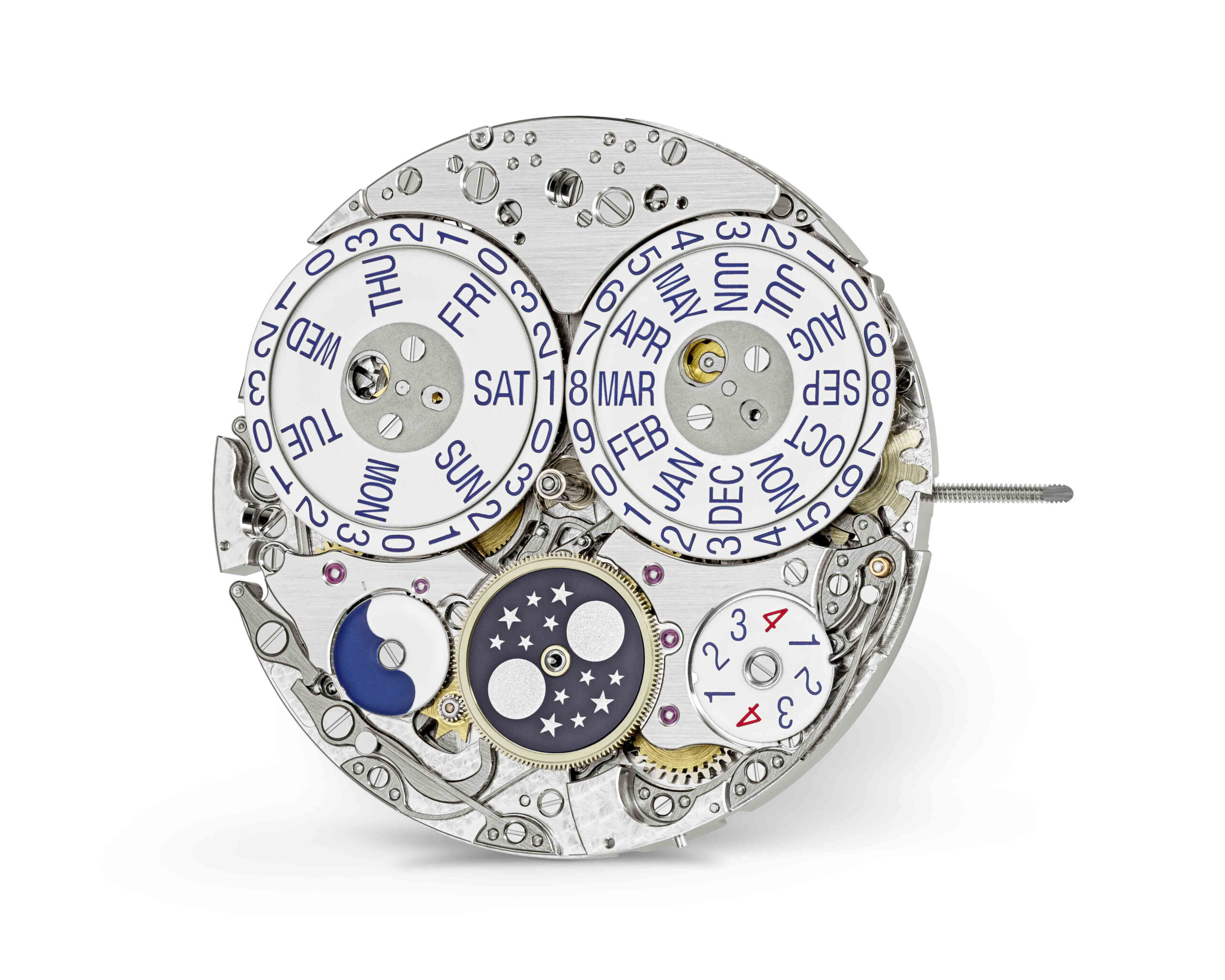
The caliber 31-260 PS QL's in-line display system relies on four disks (of which two are for the date) that are arranged on one level
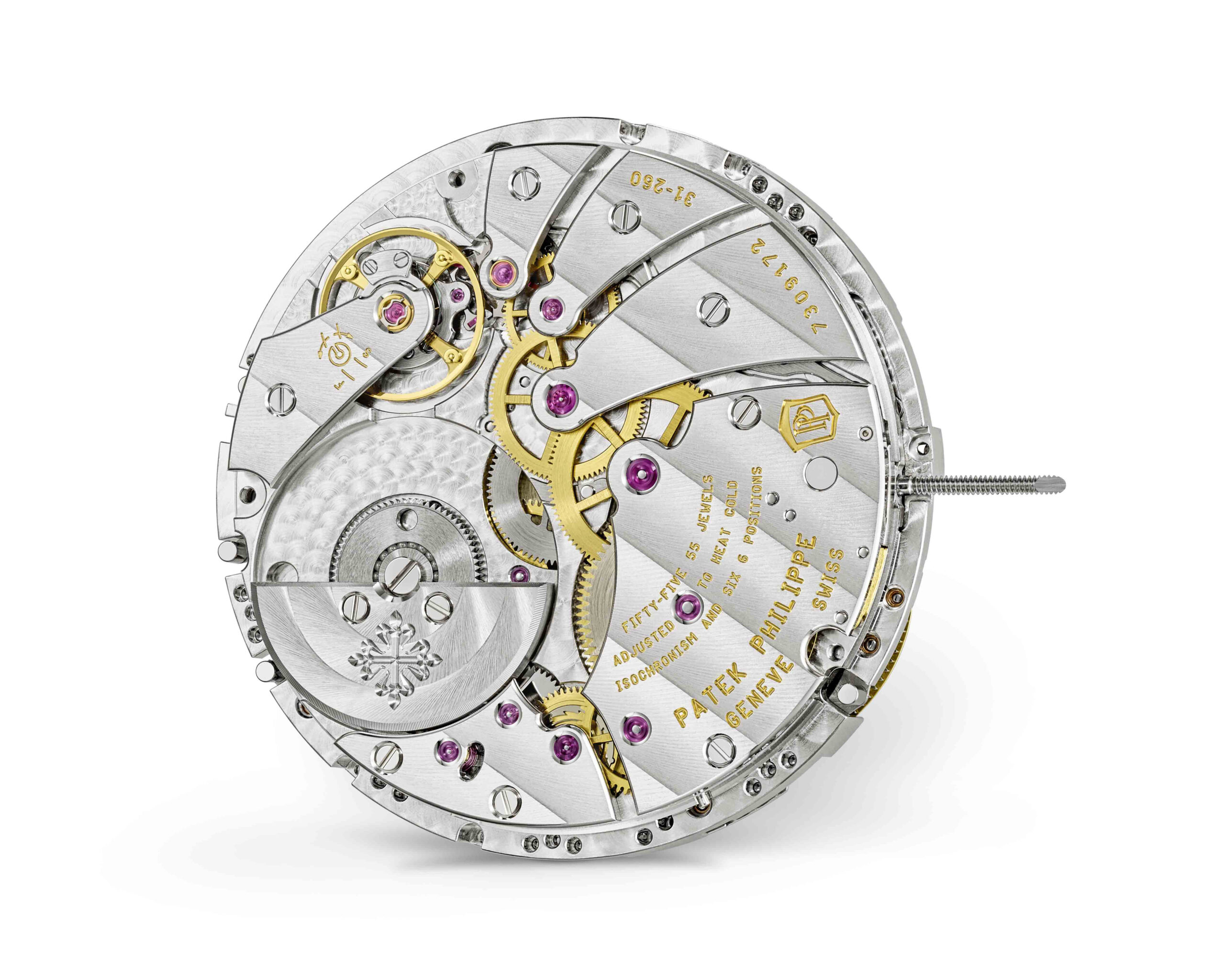
The caliber 31-260 PS QL with a recessed minirotor and a customized module is a brand new movement for which three patent applications were filed
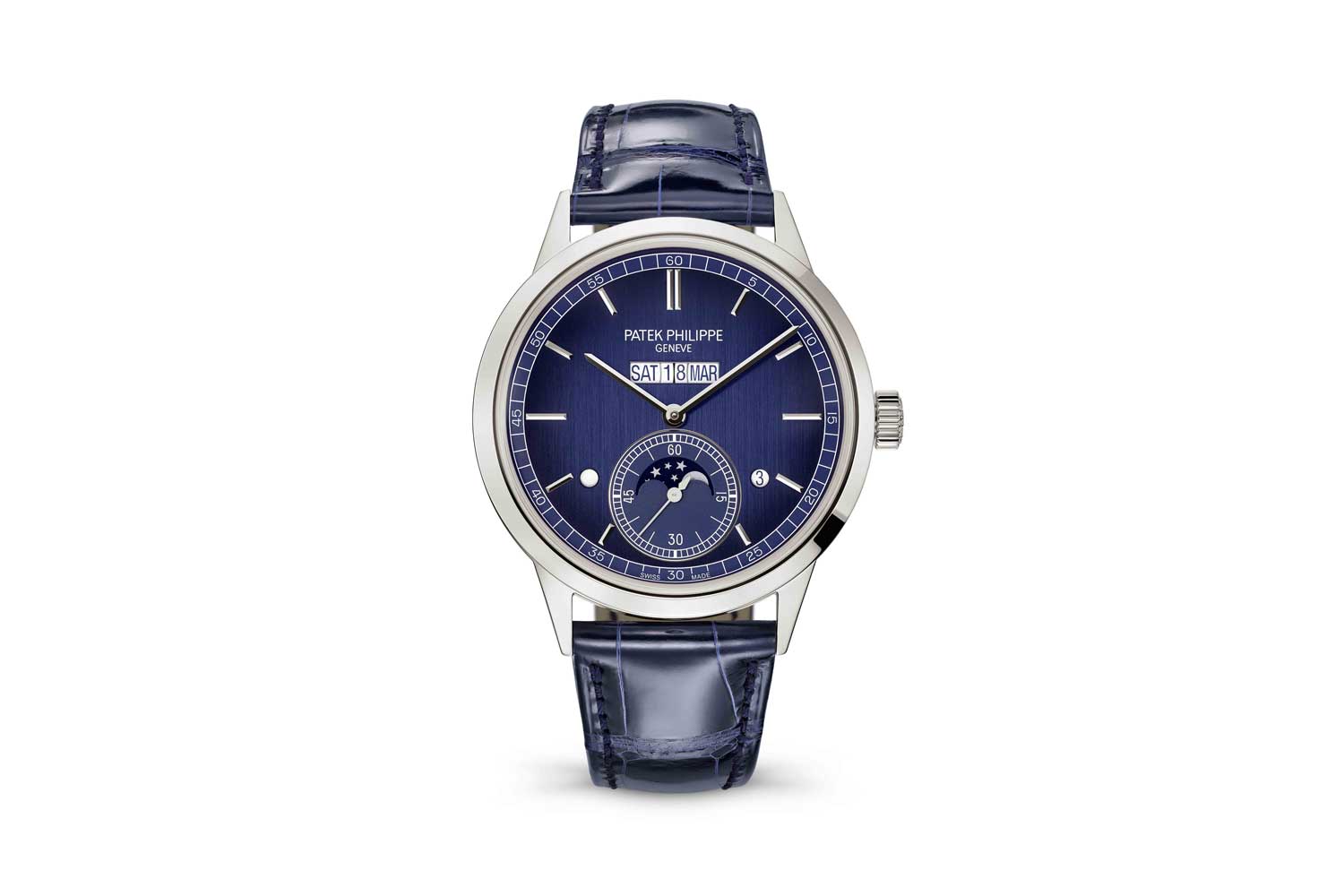
Patek Philippe closes off Watches & Wonders 2021 with an all new perpetual calendar, the Ref. 5236P-001 In-line Perpetual Calendar with a new patented calendar display
Tech Specs
Movement: Caliber 31-260 PS QL; self-winding; in-line perpetual calendar; day, date, month, leap year and day/night indication in apertures; moon phases; small seconds; diameter: 34mm; height: 5.8mm; number of parts: 503; winding rotor: off-center platinum minirotor; frequency: 28,800 semi-oscillations/hour (4 Hz); power reserve: min. 38 hours – max. 48 hours
Case & Dial: Platinum; diameter: 41.3mm; height: 11.07mm; water-resistant to 30m; interchangeable solid and sapphire crystal case backs; blue, black-gradient, vertical satin finish, gold applied hour markers; white gold faceted baton-style hands
Strap: Alligator leather with square scales, hand-stitched, shiny navy blue; fold-over clasp
Price: CHF 110, 000
Ref. 6119G/6119R Calatrava “Clous de Paris”
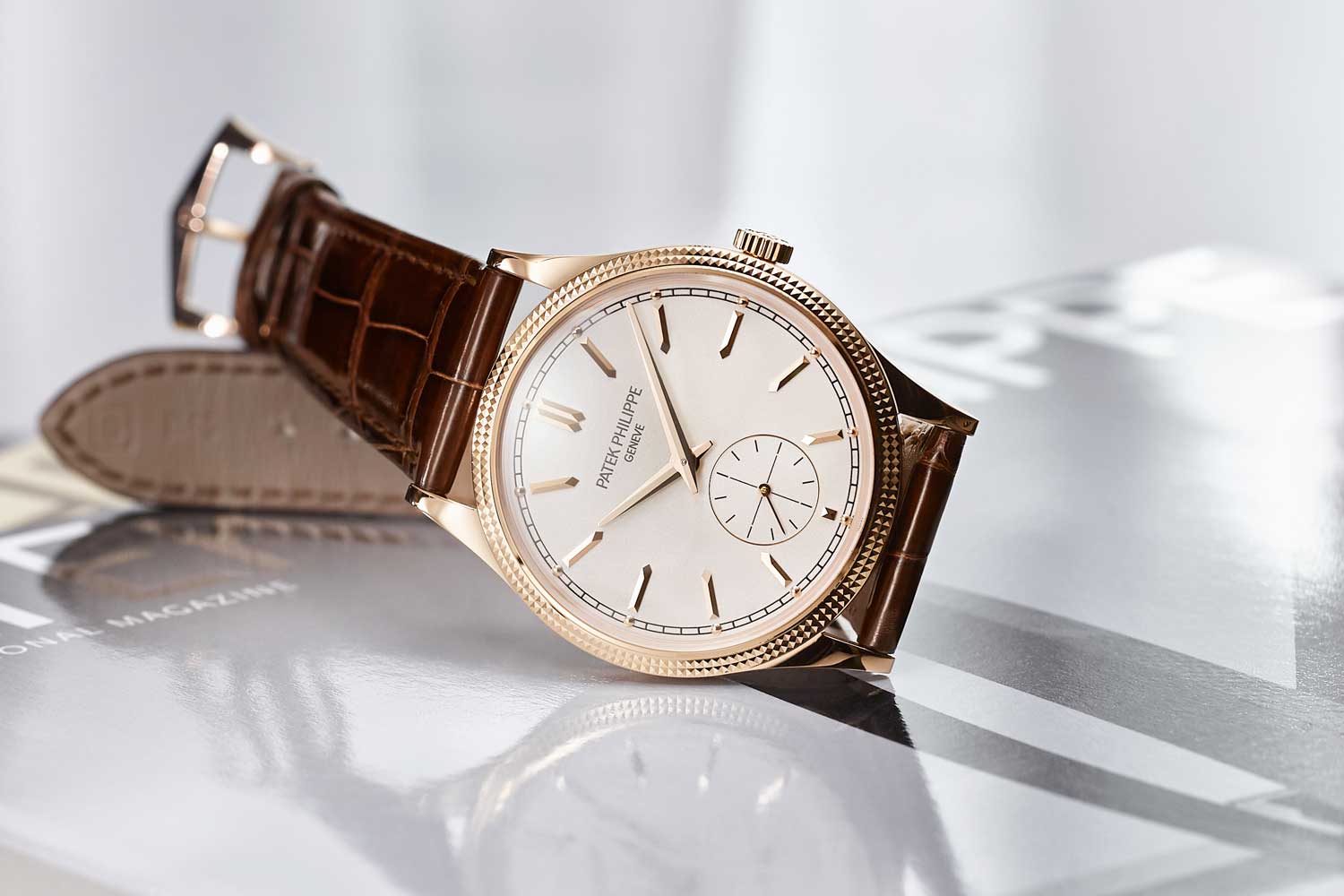
The Ref. 6119R Calatrava "Clous de Paris" with a silvery grained dial
Well, the new reference 6119G and 6119R are proof positive that even when Patek approaches making a simple watch it does so with a sensitivity to detail, a beauty in design and now an awesomeness in movement innovation that sets Patek in a class all to itself.
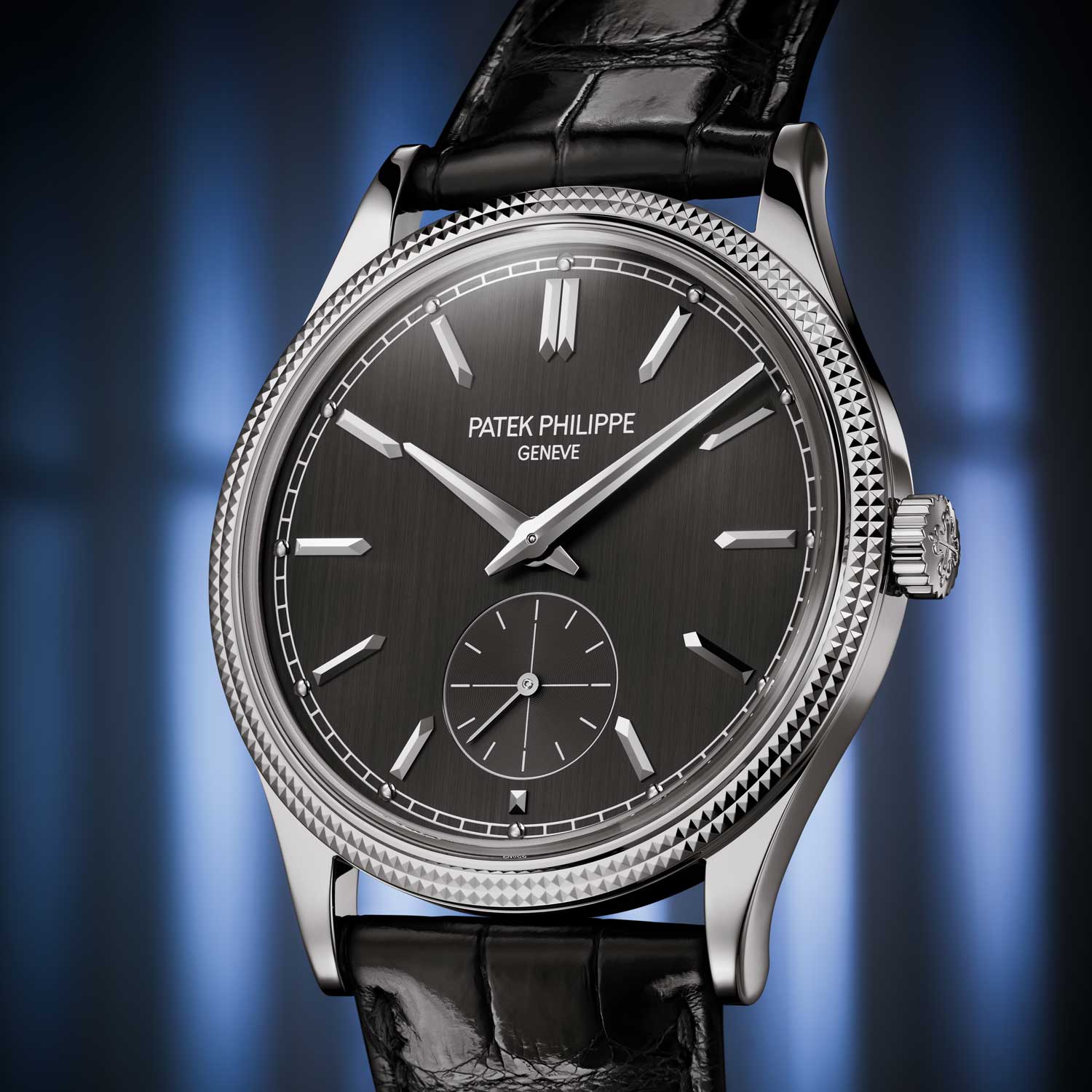
The Ref. 6119G Calatrava "Clous de Paris" with a charcoal gray dial
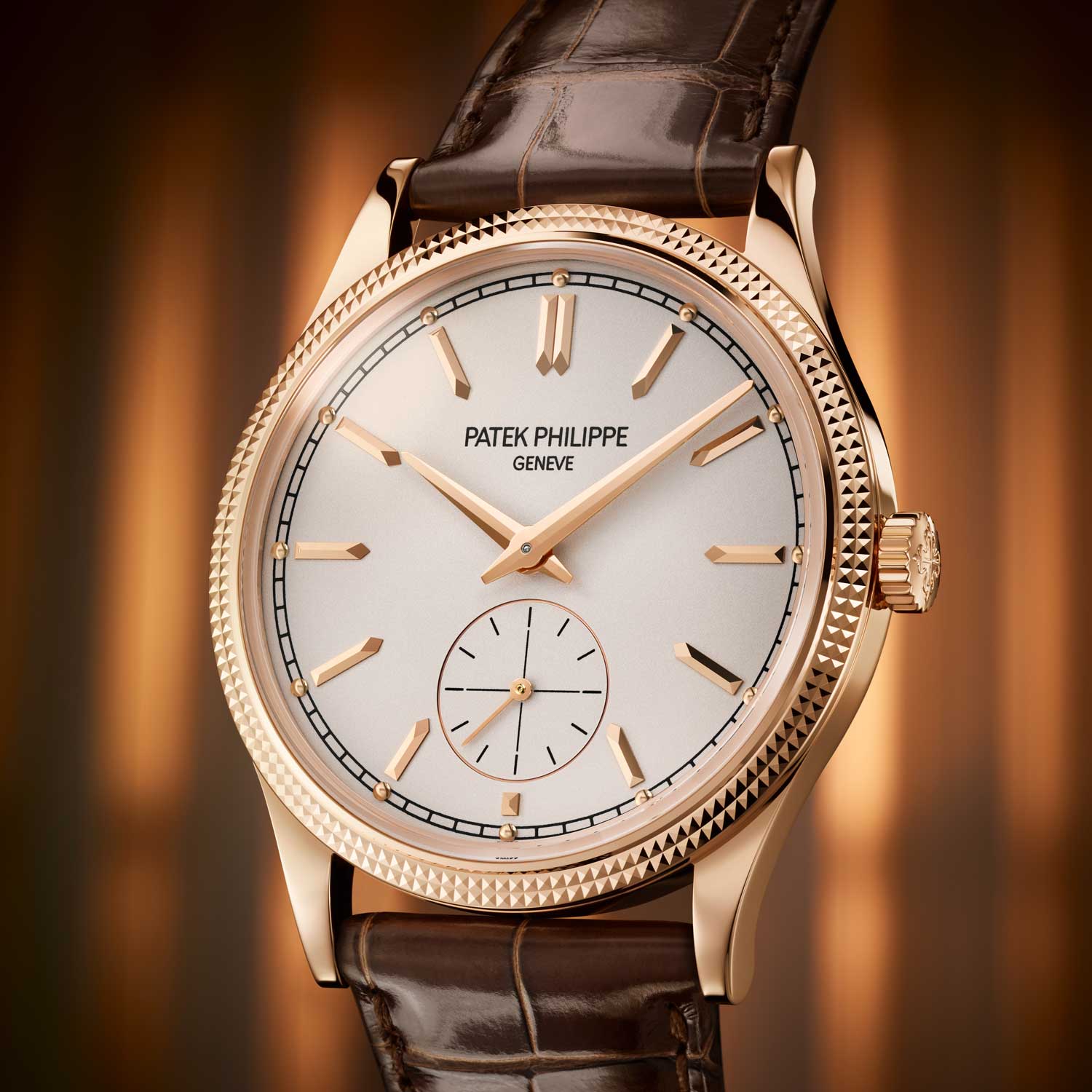
The 6119 has a its bezel guilloched with hobnail pattern, hence the name "Clous de Paris"
The minute track is the right amount of bold. The use of the sharp tipped faceted baton markers combined with small, applied dots create a vibrant sense of energy on the dial. The sword hands also resonate with this same energy. The dials feature vertical brushing while the seconds subdial uses circular guilloche. Especially in the white gold version with a slate grey dial and white print it is one of the loveliest time only watches I have ever seen.
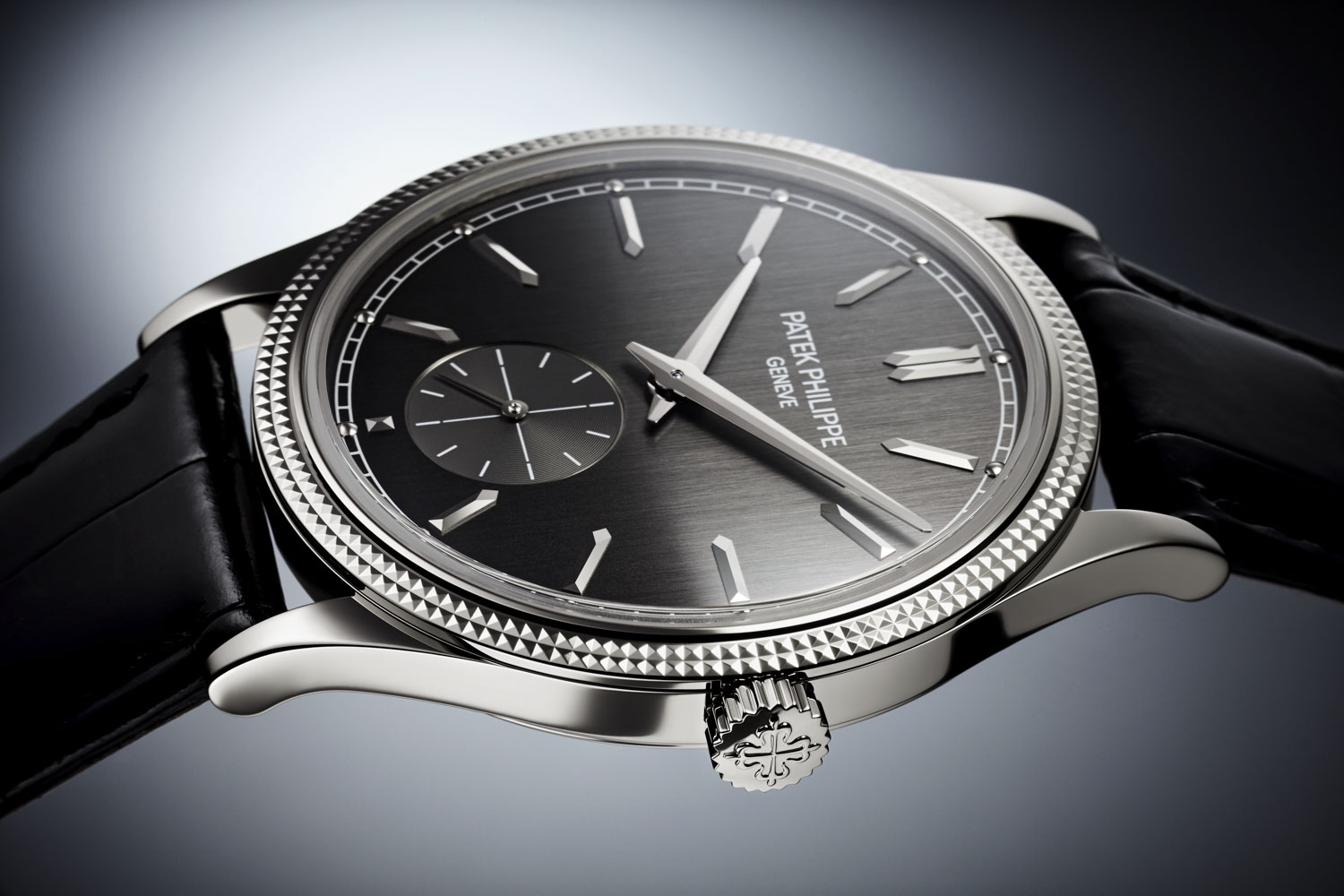
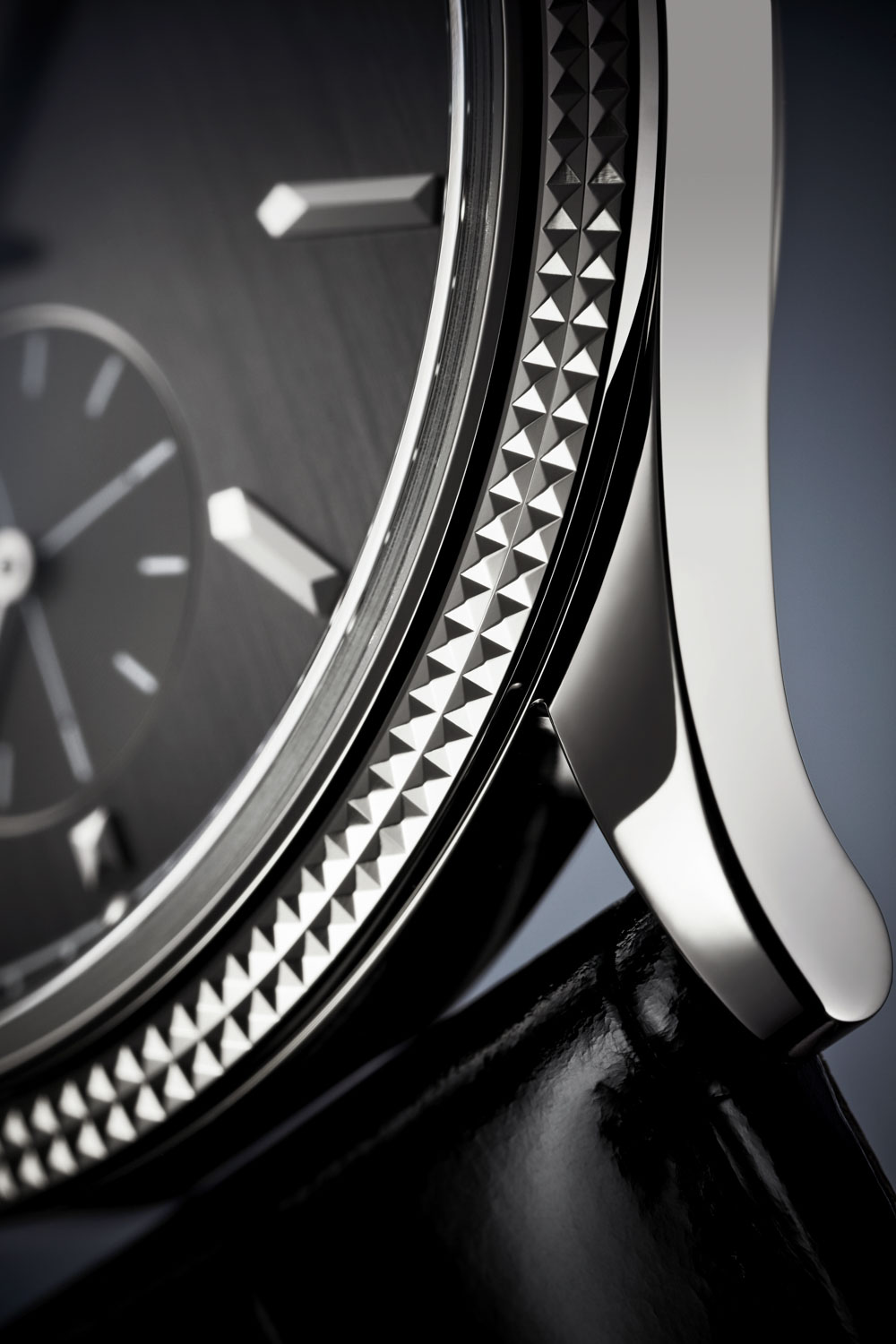
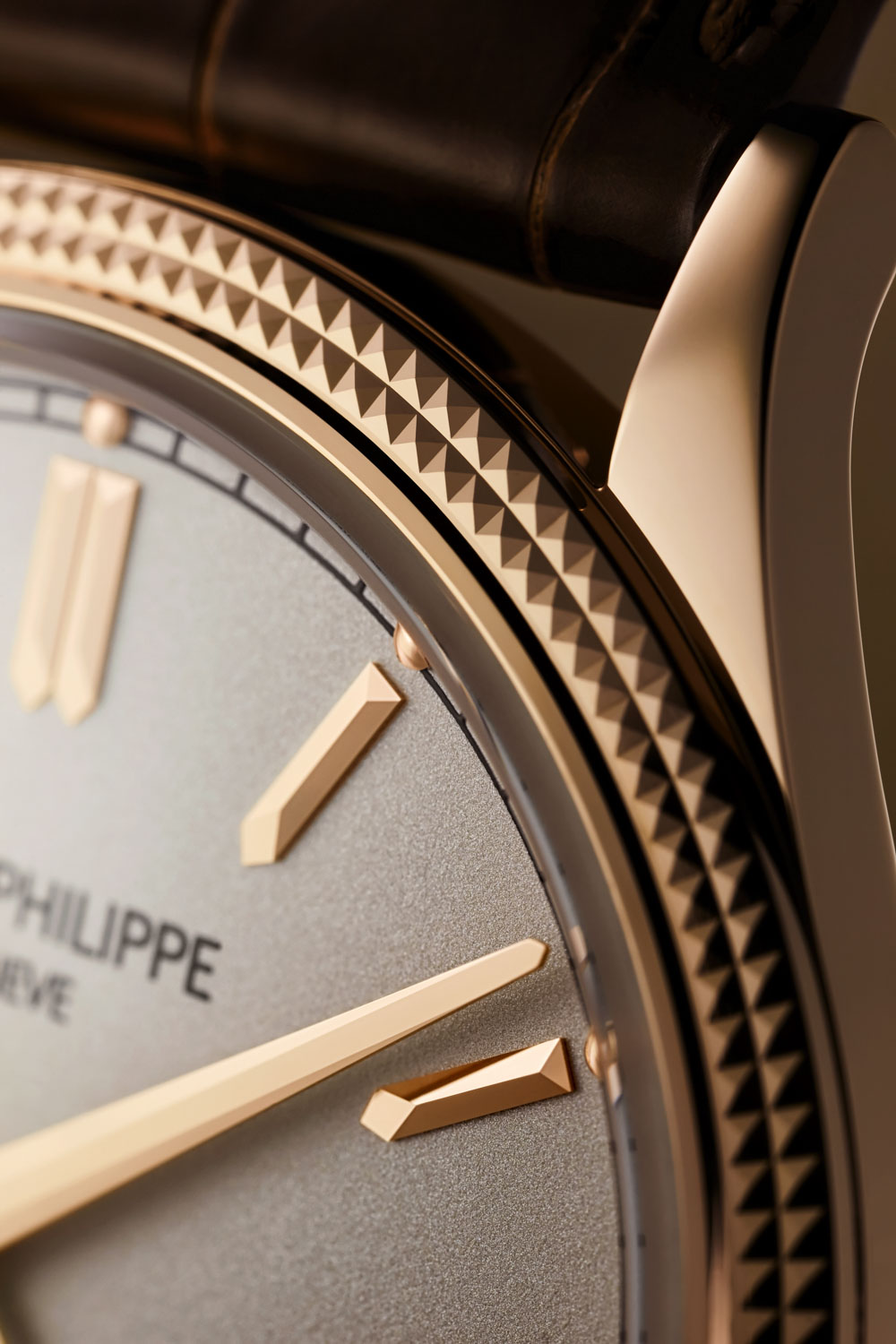
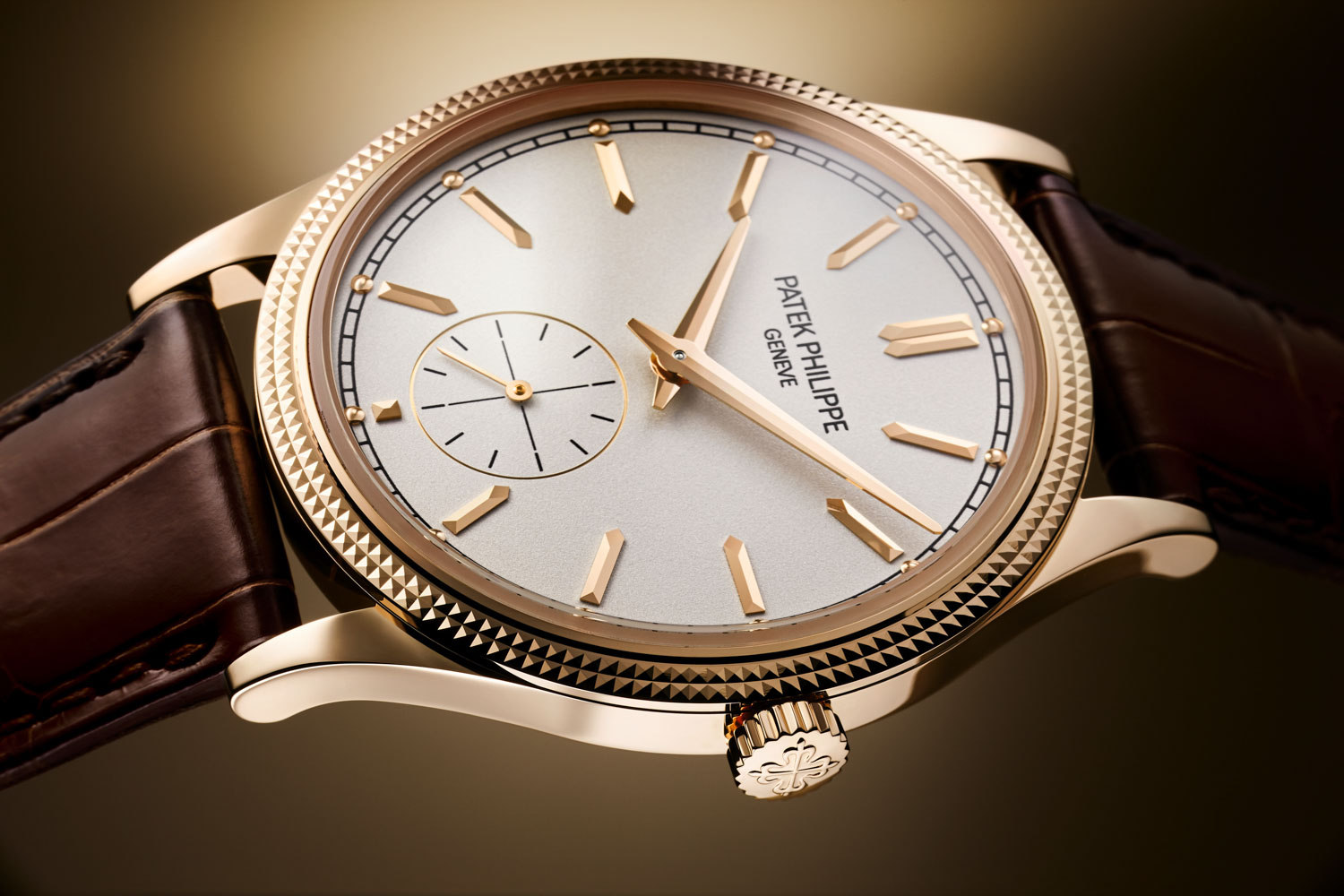
Says Philippe Barat, “Actually we were able to achieve this with a single barrel. We added the second barrel simply because there was so much space in the new movement. Then we decided not to have the barrels run in series to extend power reserve but to have them run in parallel to provide amazing torque throughout the 65 hours. We increased the moment of inertia for the balance from 5.5 to 10 mg/cm2 which means this movement is an absolute tractor.” A tractor it might be, but this movement also features some of the most beautifully designed bridges I’ve set my eyes on. They are sweeping, modern and exciting and express all of Patek Philippe’s singular level of finish.
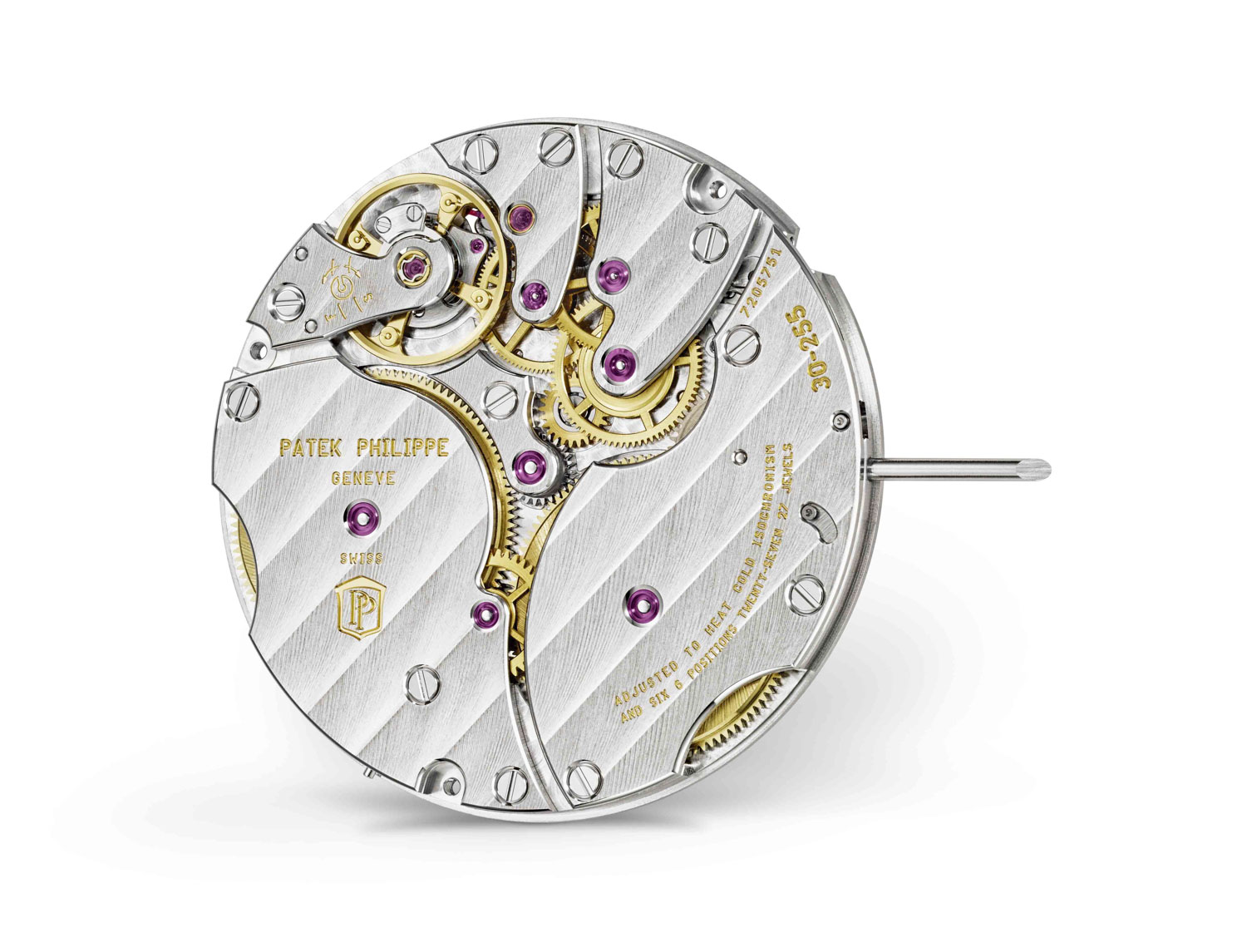
The new 31mm Calibre 30-255 PS, takes over from the Calibre 215-255 PS, the previous manual wind movement, which was a diminutive 21.5 mm in diameter and as such didn’t fill the case of a larger more modern watch
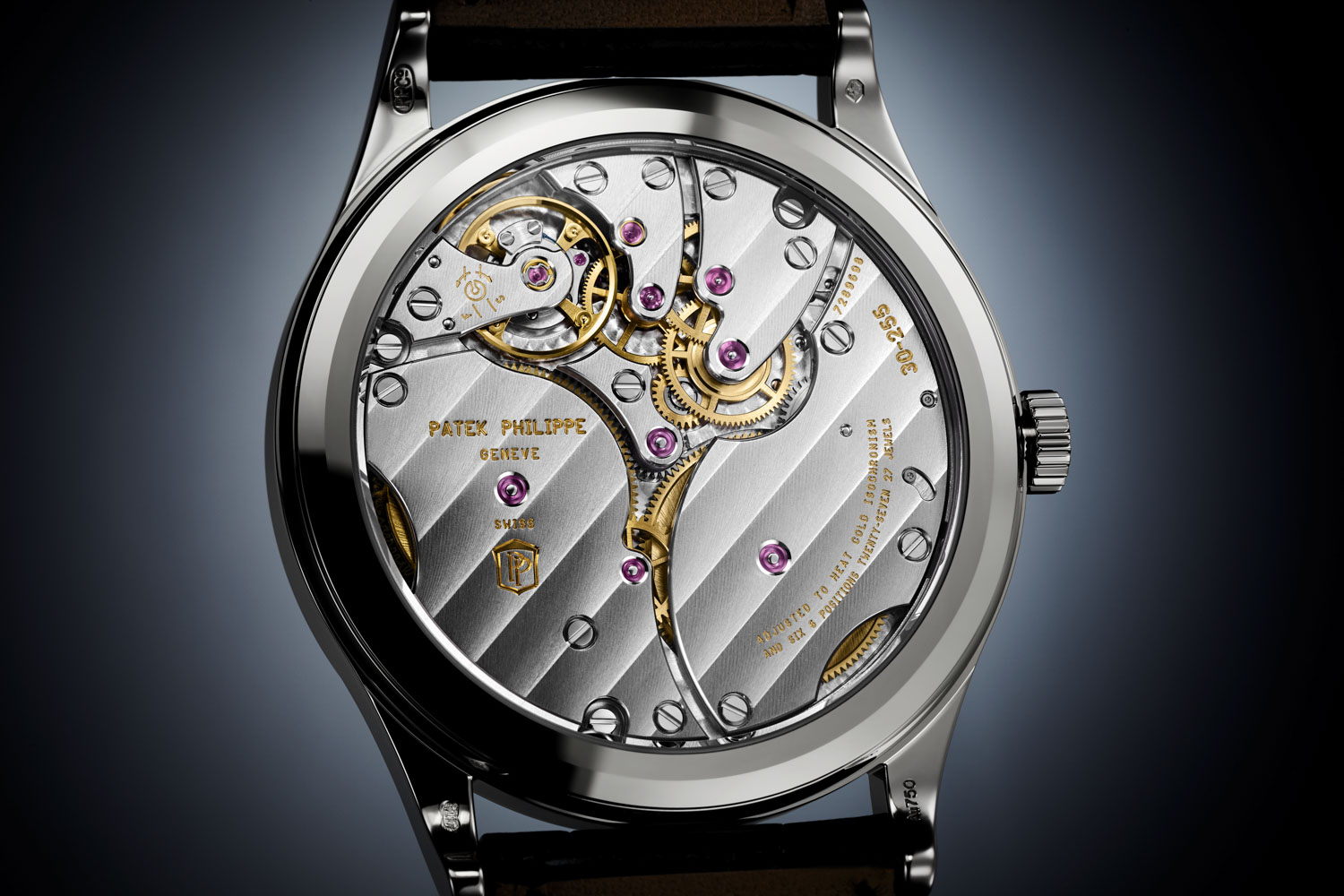
The twin barrel new 31mm Calibre 30-255 PS seen here through the caseback of the 6119G
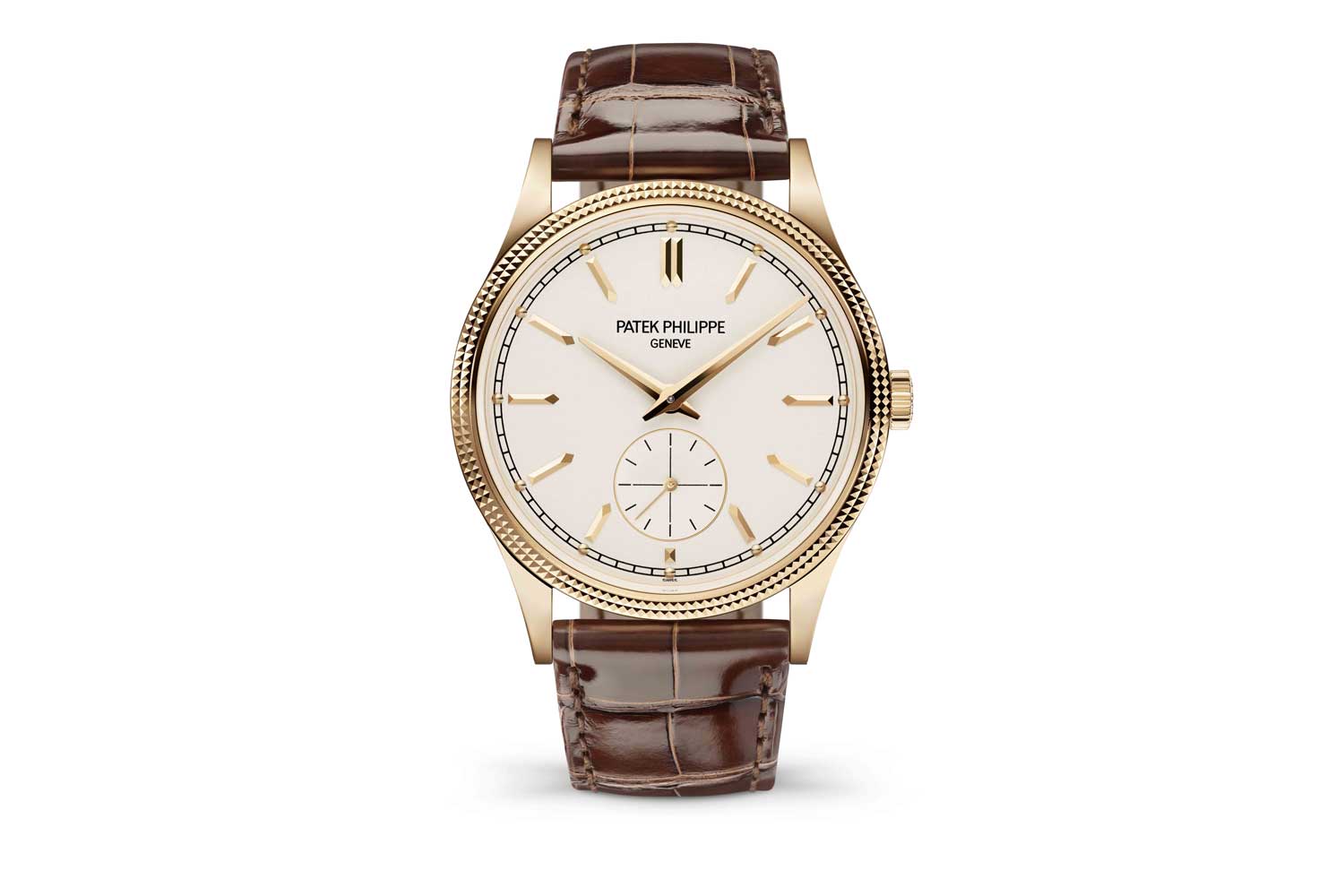
The Ref. 6119R Calatrava "Clous de Paris"
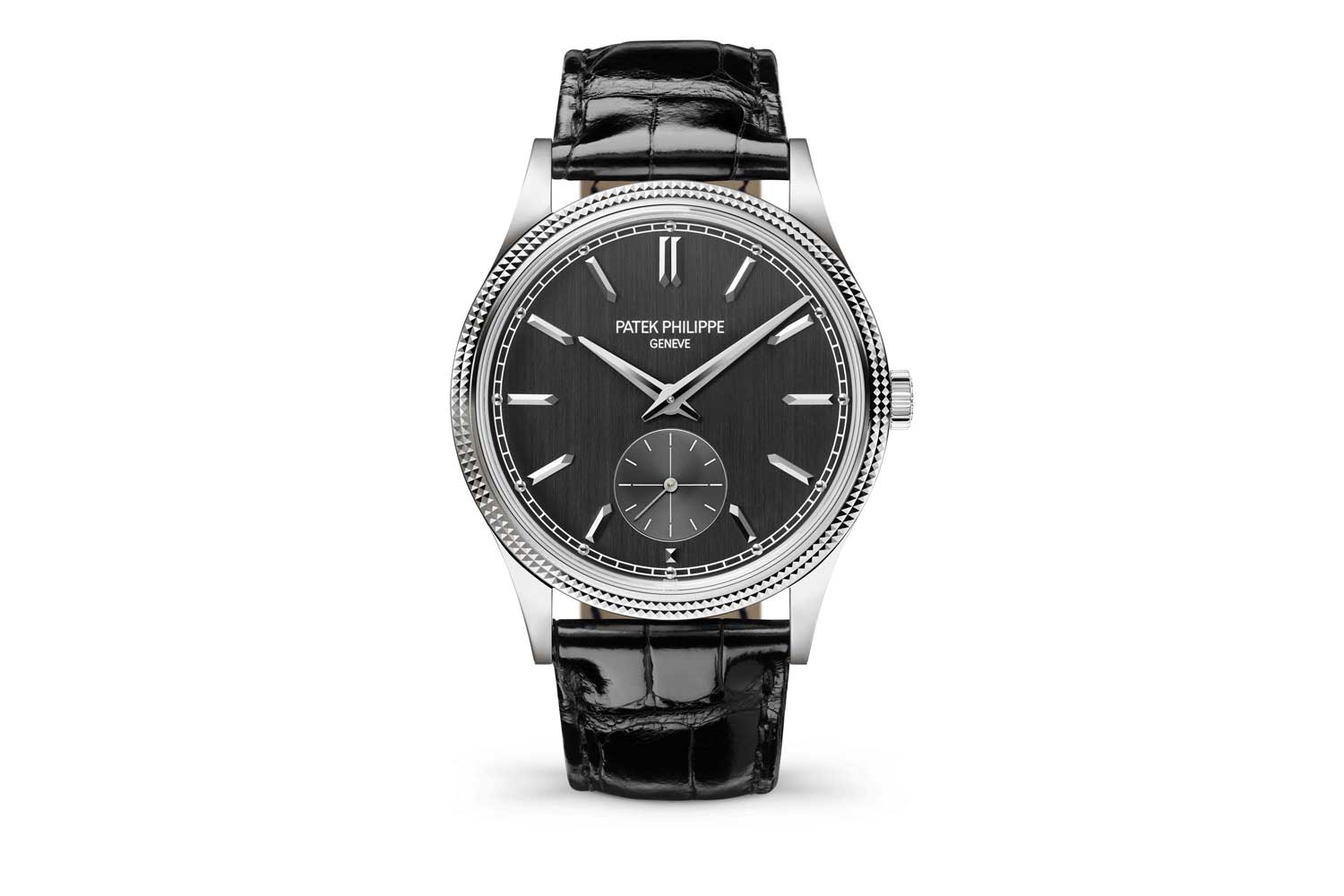
The Ref. 6119G Calatrava "Clous de Paris"
Tech Specs
Movement: Caliber 30-255 PS; manual winding; small seconds; diameter: 31mm; height: 2.55mm; number of parts: 164; frequency: 28,800 semi-oscillations/hour (4 Hz); power reserve: min. 65 hours
Case & Dial: White or rose gold; bezel guilloched with hobnail pattern; diameter: 39mm; height: 8.1mm; water-resistant to 30m; sapphire crystal case back; • 6119G-001 dial: charcoal gray, vertical satin finish; 6119R-001 dial: silvery grained; faceted gold applied hour markers; white or rose gold faceted dauphine hands
Strap: Alligator leather with square scales, shiny black or shiny chocolate brown; prong buckle
Price: CHF 25,000
Ref. 4947/1A Annual Calendar, Moon Phases
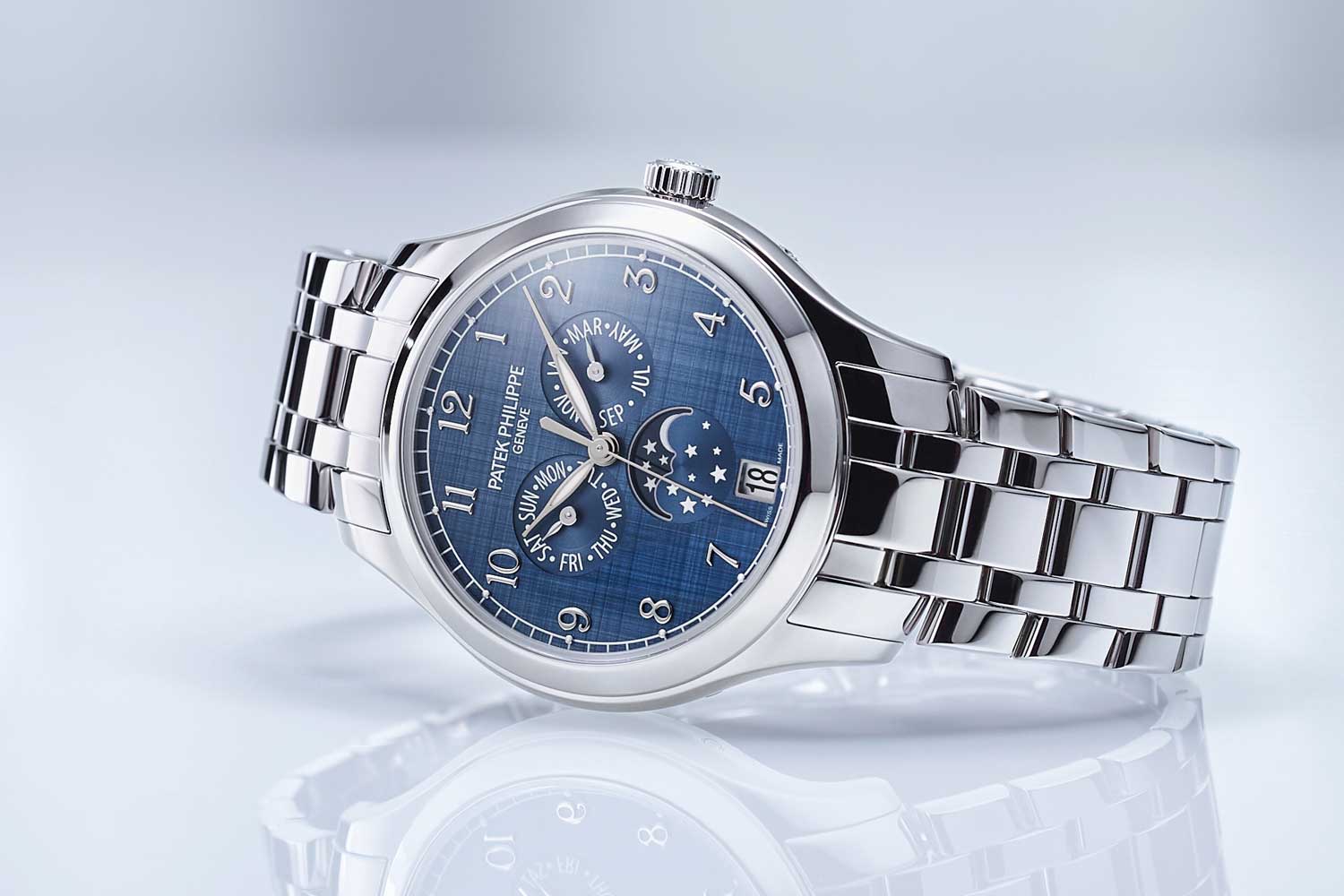
The Patek Philippe Ref. 4947/1A Annual Calendar, Moon Phases in a 38mm stainless steel case and bracelet
As such this complication is one of Patek’s most iconic. It has been the home to Patek’s first experiments with silicon and has been featured in all shades of gold and in platinum. But has never before been offered in a steel watch case, until now. Reference 4947/1A is that watch and GOOD GOD it is glorious to behold. It’s 38mm case is fitted with an integrated 5-link steel bracelet which in Patek is a rarity and also a guarantee of future collectability for any complication. The blue dial is meant to evoke Shantung silk and the watch features stunning white gold applied indexes. It is driven by the Calibre 324 QA LU. It is, in a word, glorious.

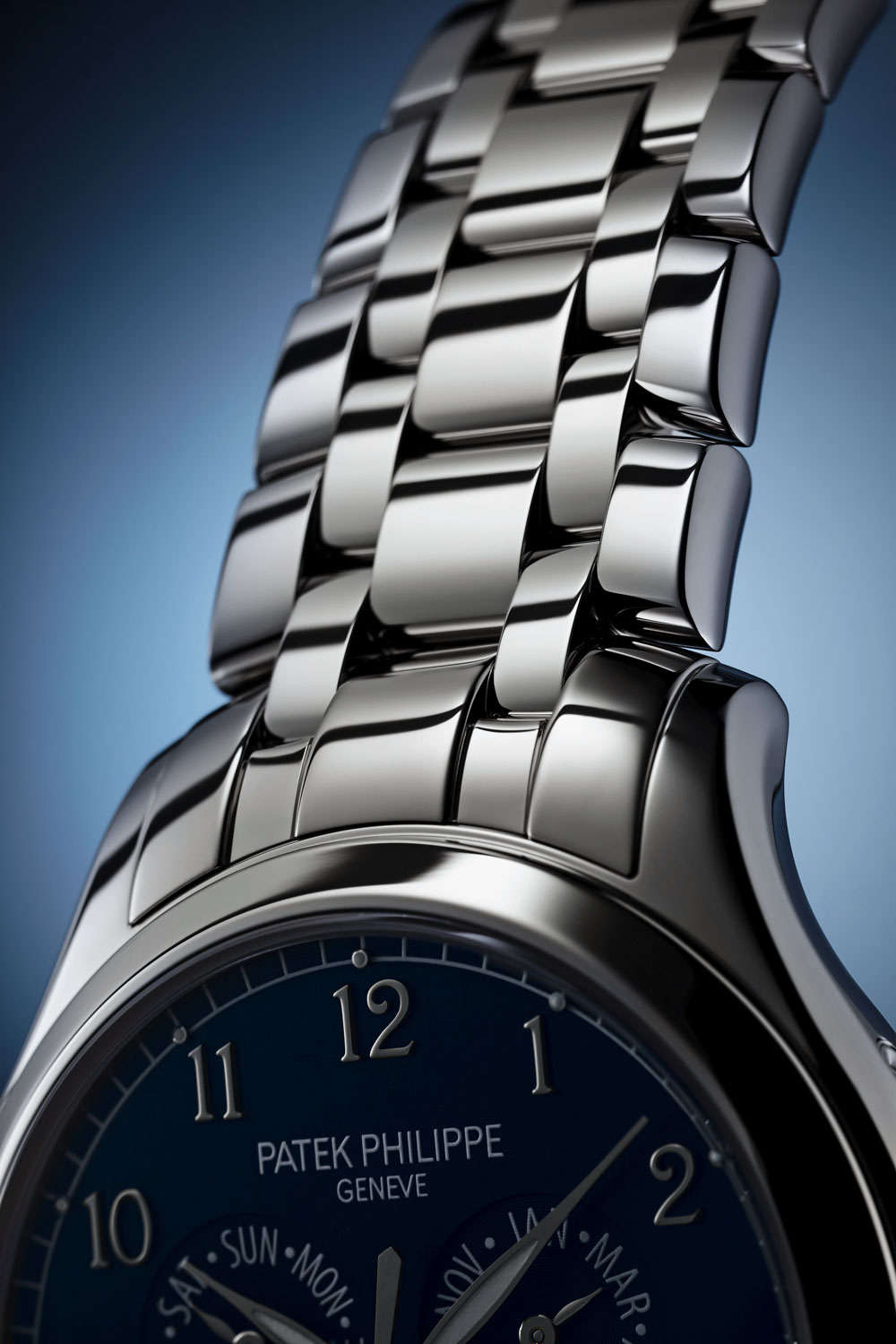
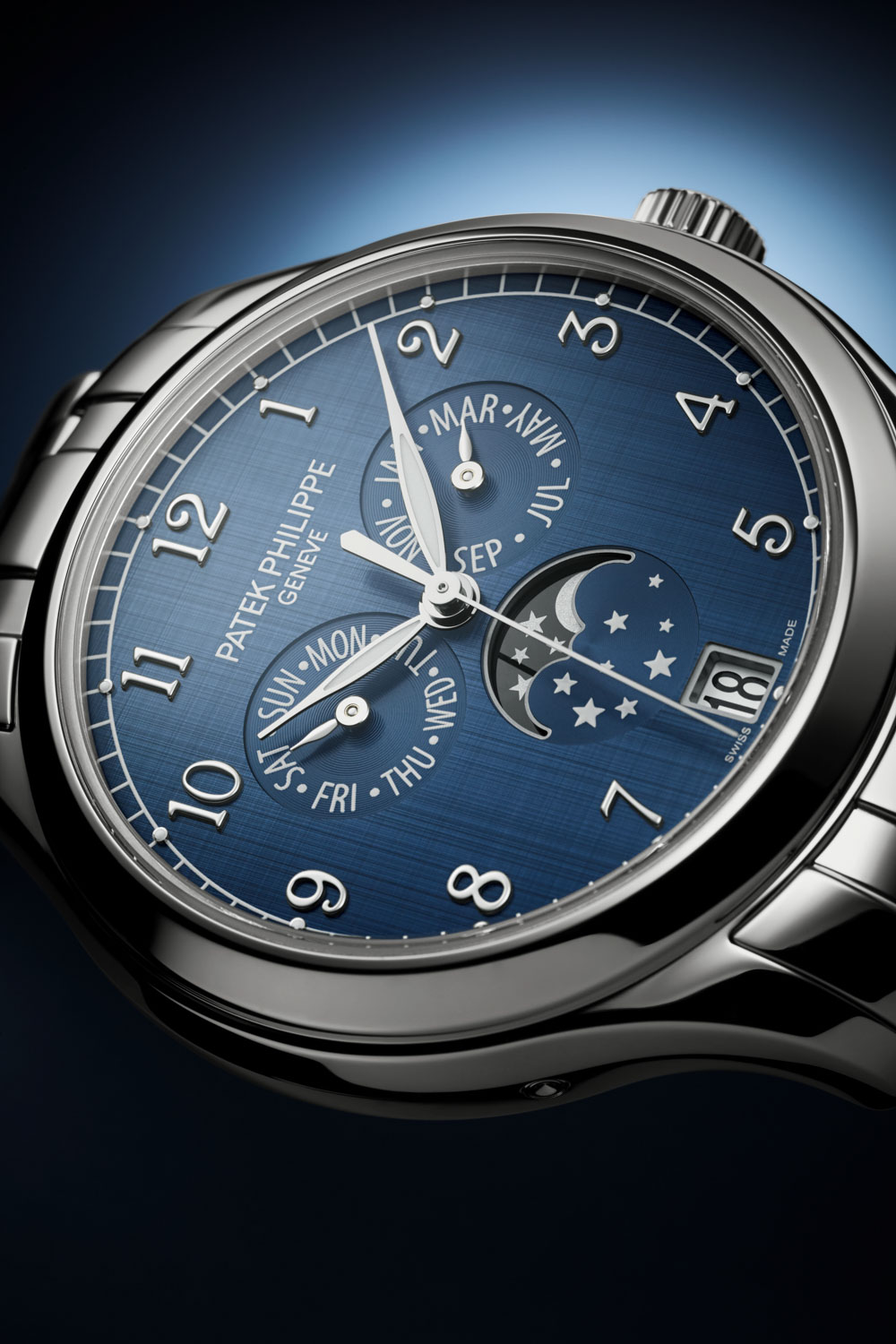
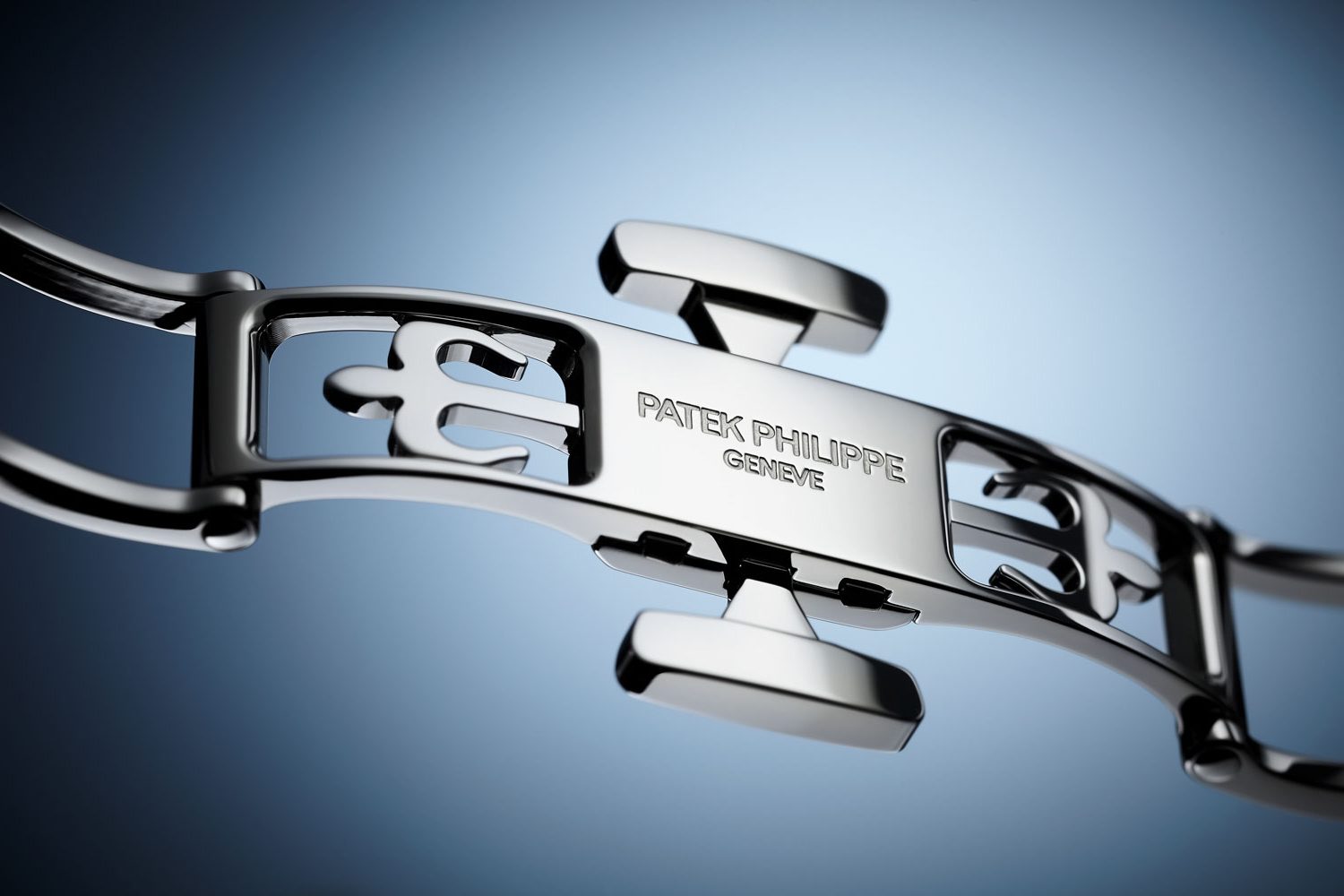
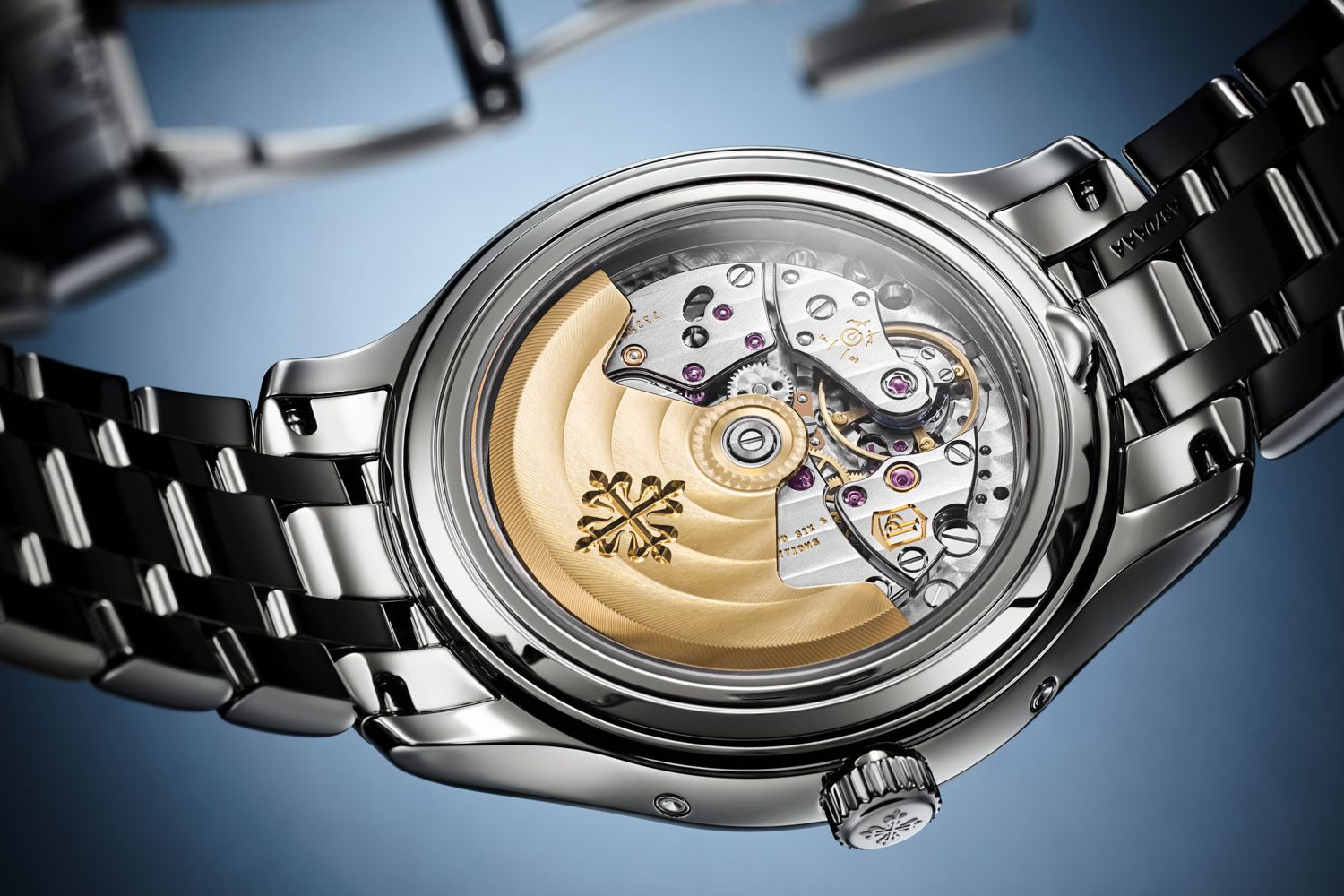
The self-winding caliber 324 S QA LU powering the Patek Philippe ref. 4947/1A Annual Calendar, Moon Phases
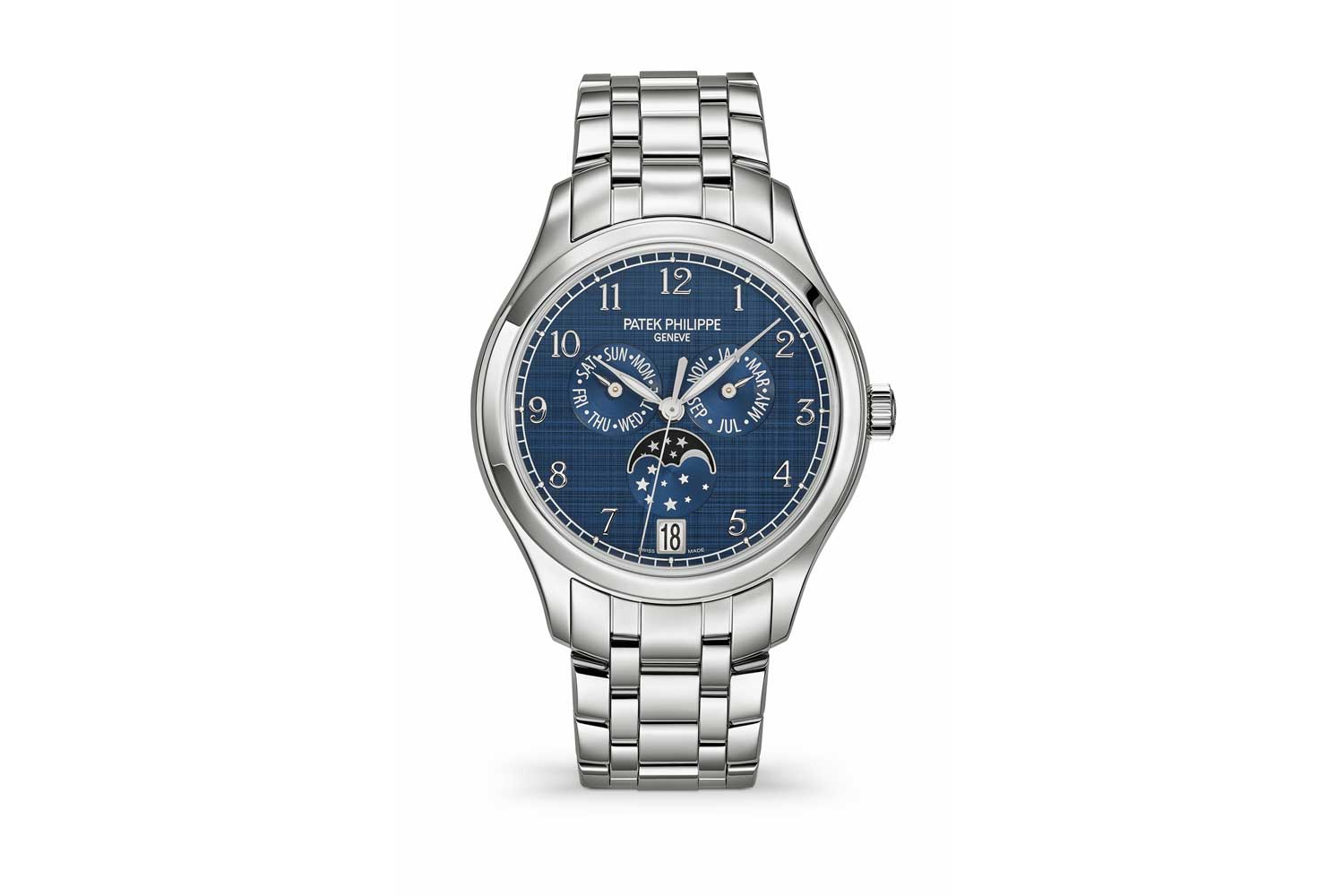
Tech Specs
Movement: Caliber 324 S QA LU; self-winding; annual calendar; day and month by hands; date in an aperture; moon phases; sweep seconds; diameter: 30 mm; height: 5.32 mm; number of parts: 328; winding rotor: 21K gold central rotor; frequency: 28,800 semi-oscillations/hour (4 Hz); power reserve: min. 35 hours – max. 45 hours
Case & Dial: Steel; diameter: 38 mm; height: 11 mm; water-resistant to 30 m; sapphire crystal case back; Blue, vertical and horizontal satin-finish (“shantung” finish), gold applied numerals; white gold leaf-shaped hands with luminescent coating
Bracelet: Steel; fold-over clasp
Price: CHF 40,500










